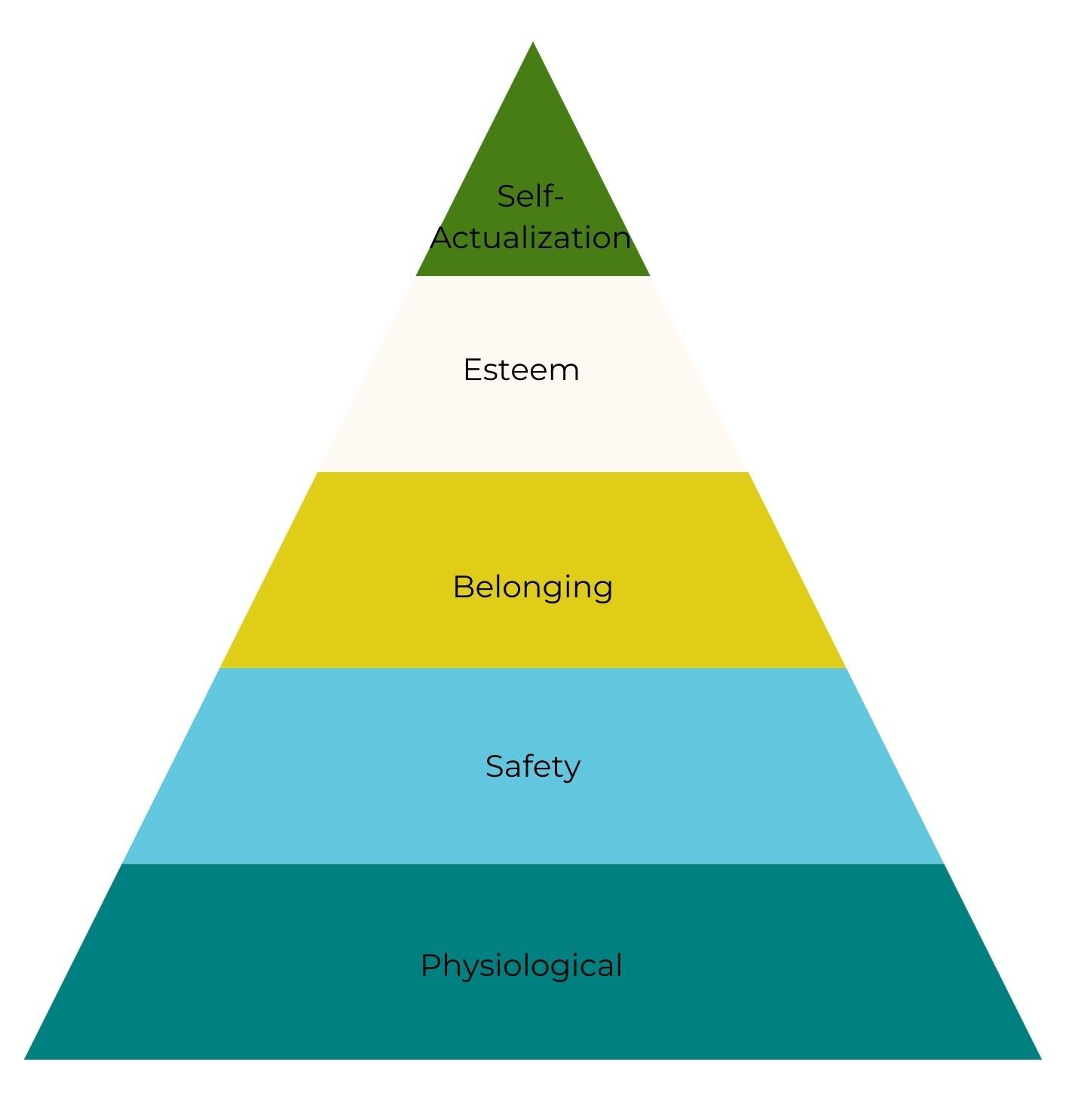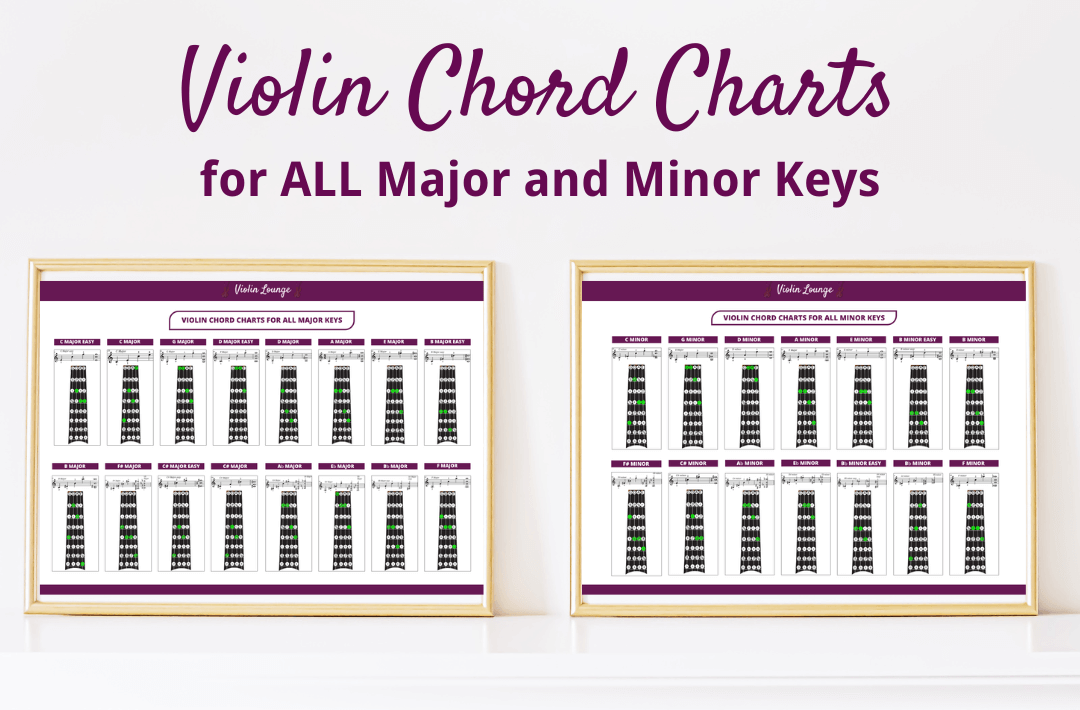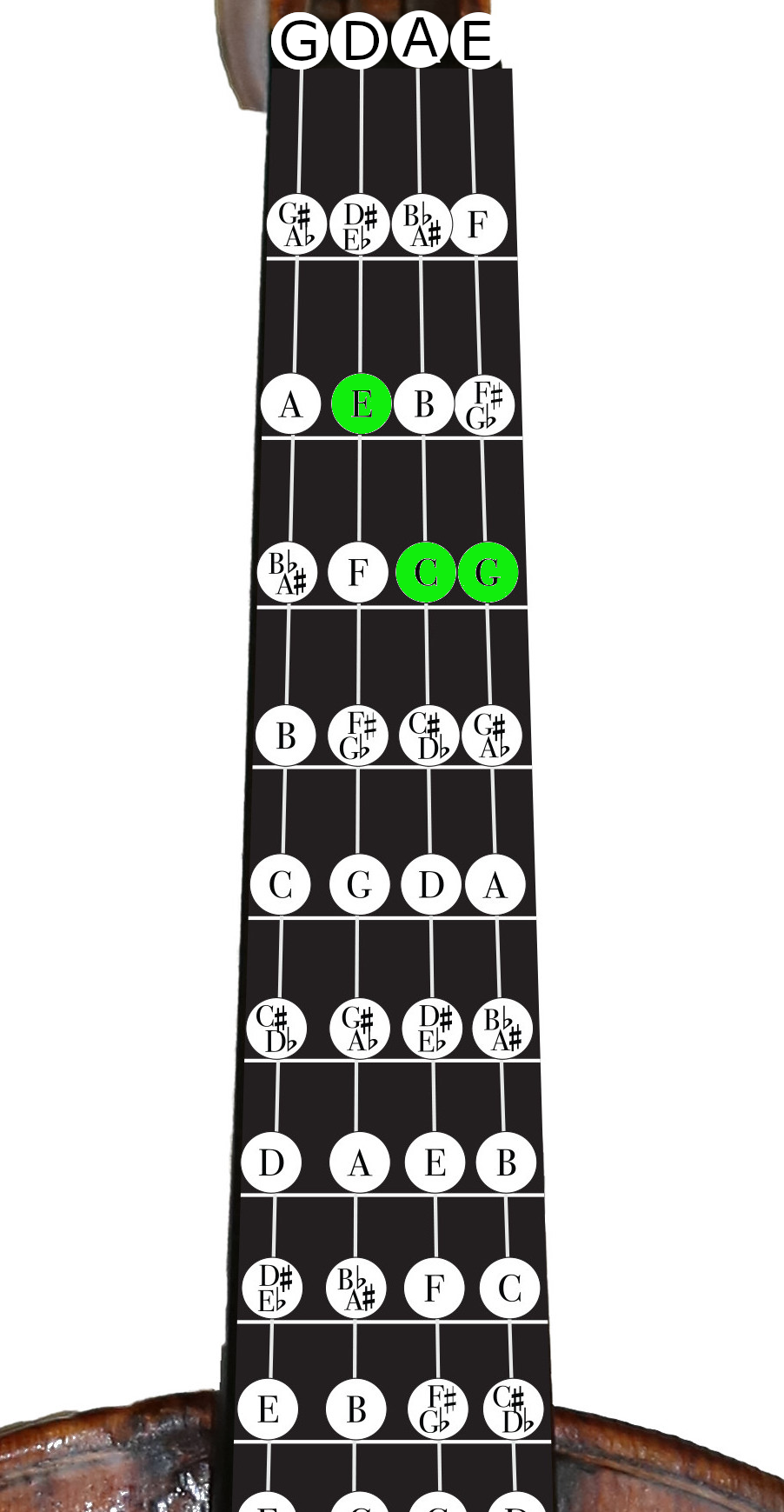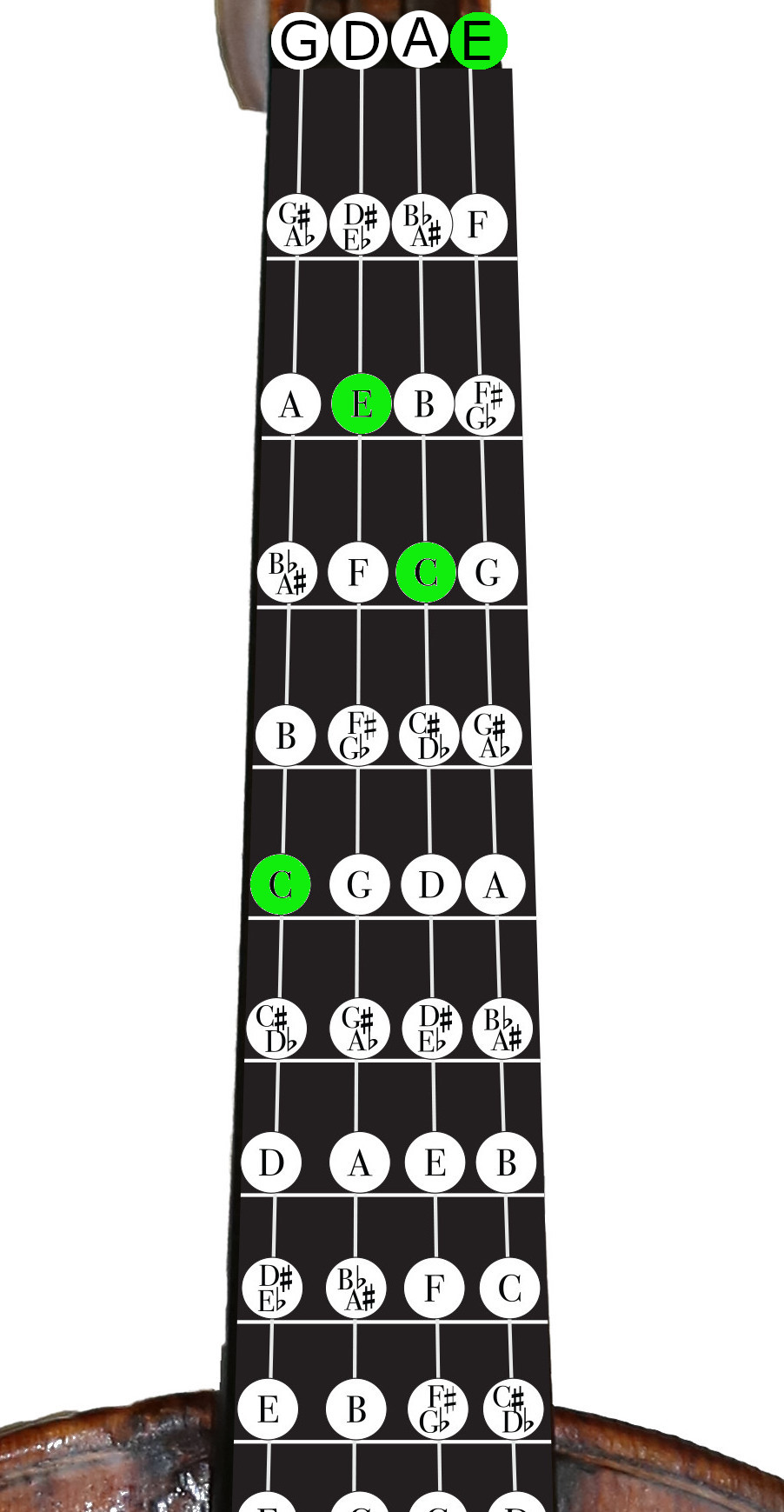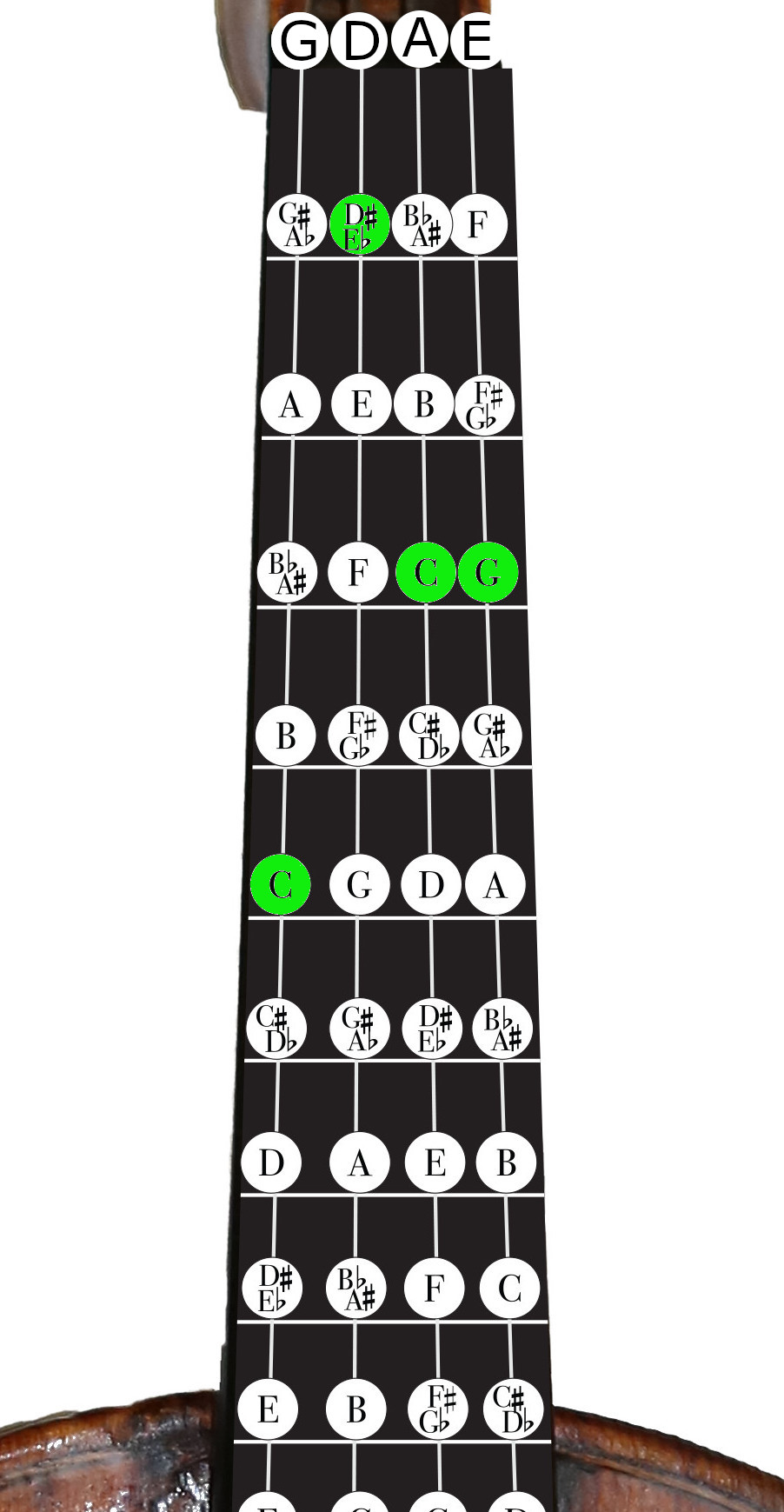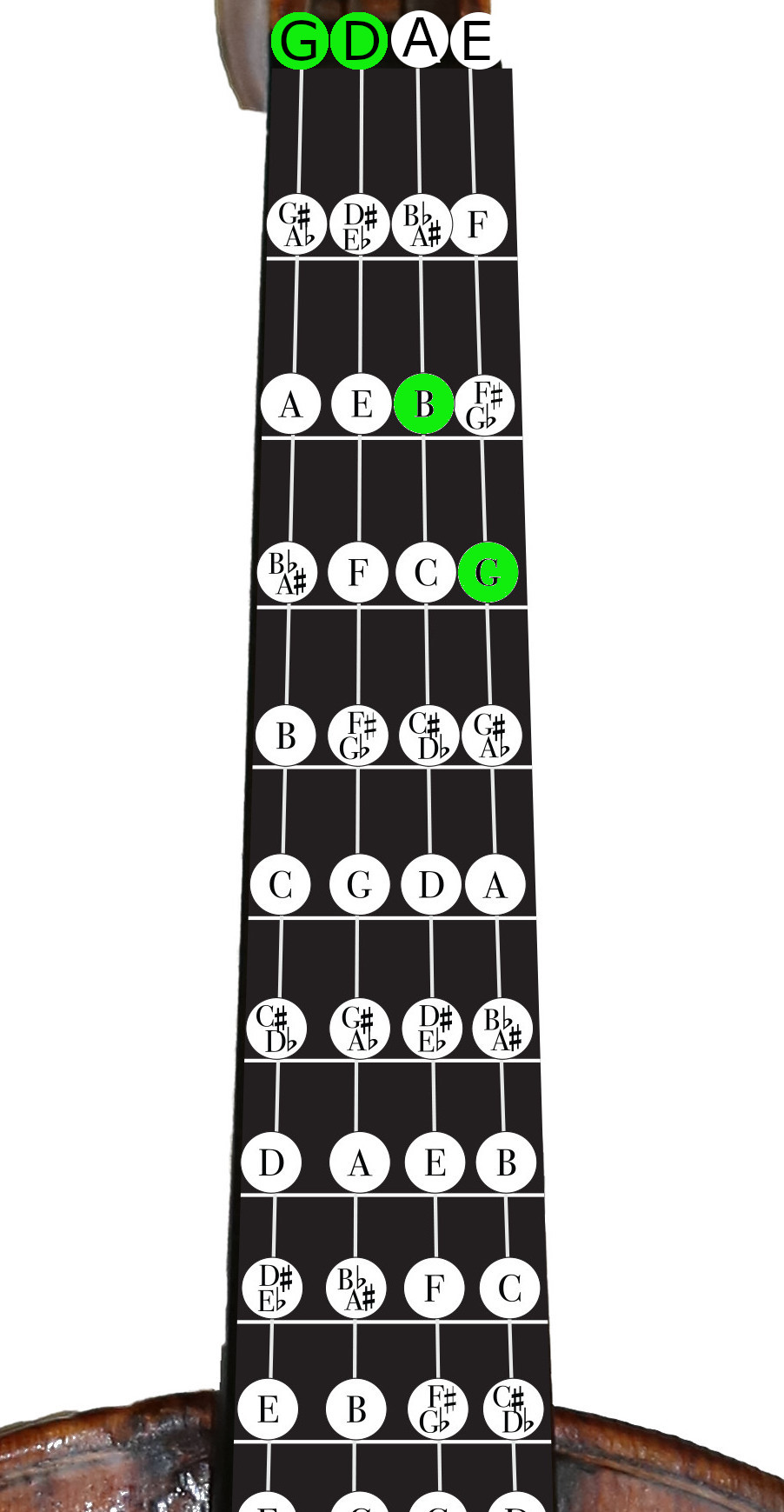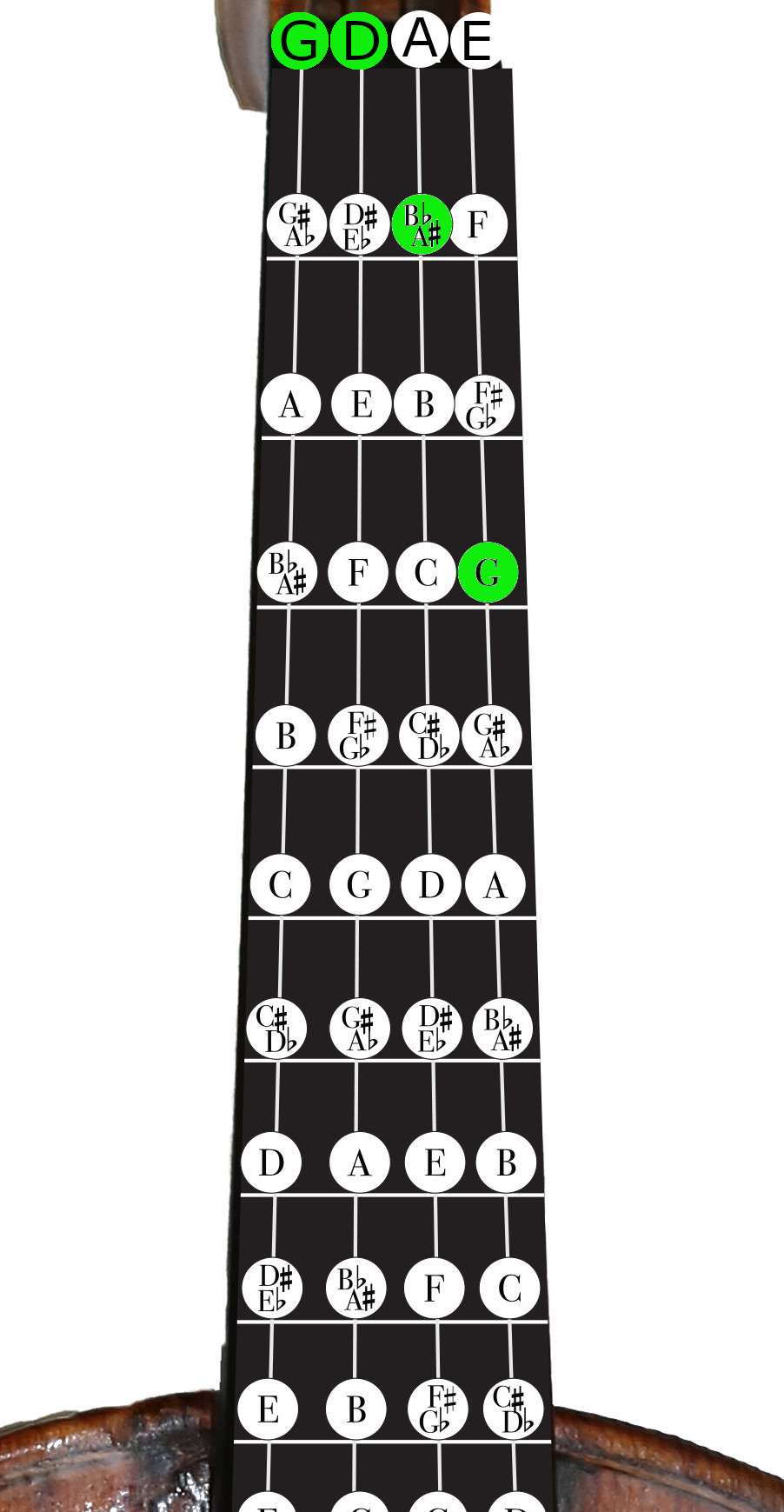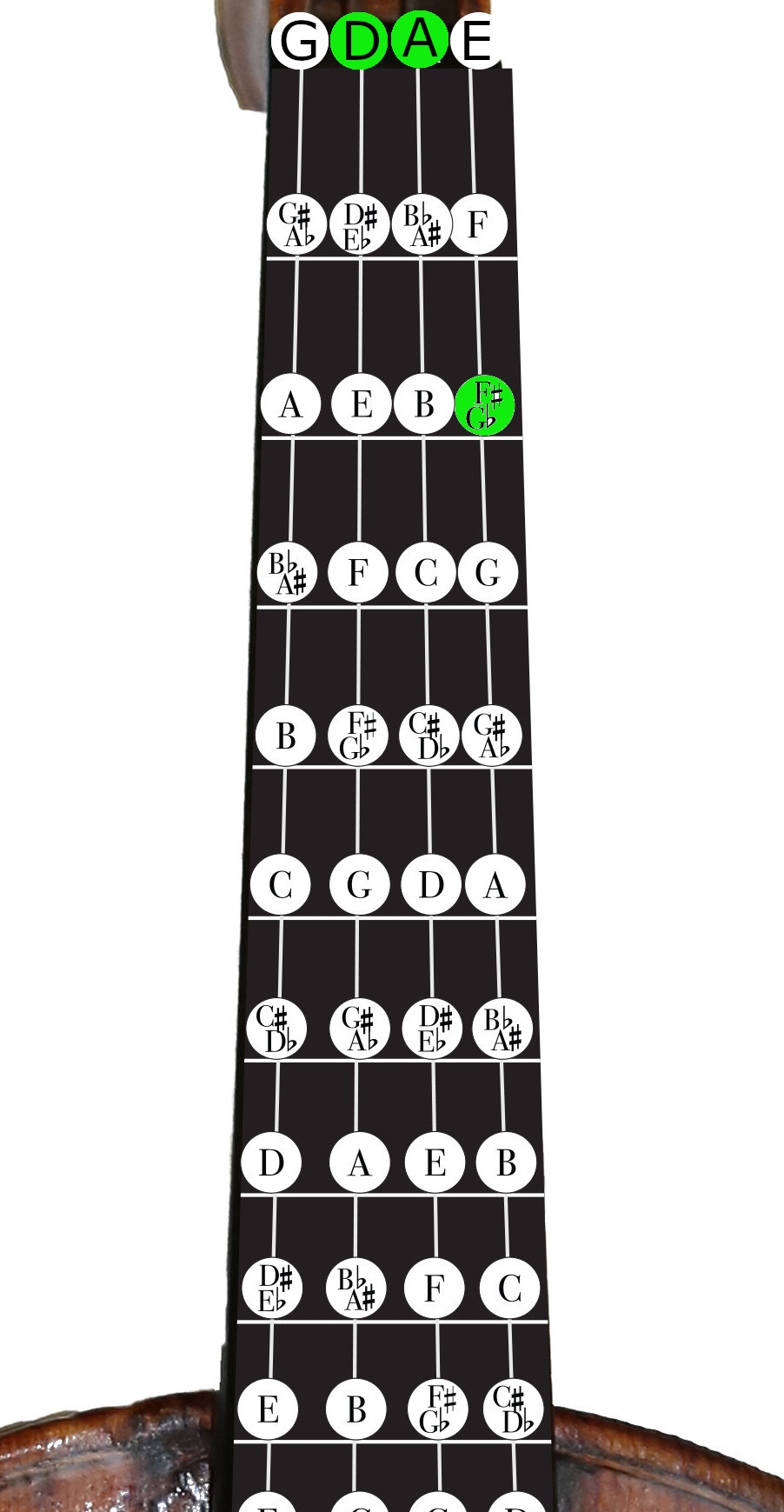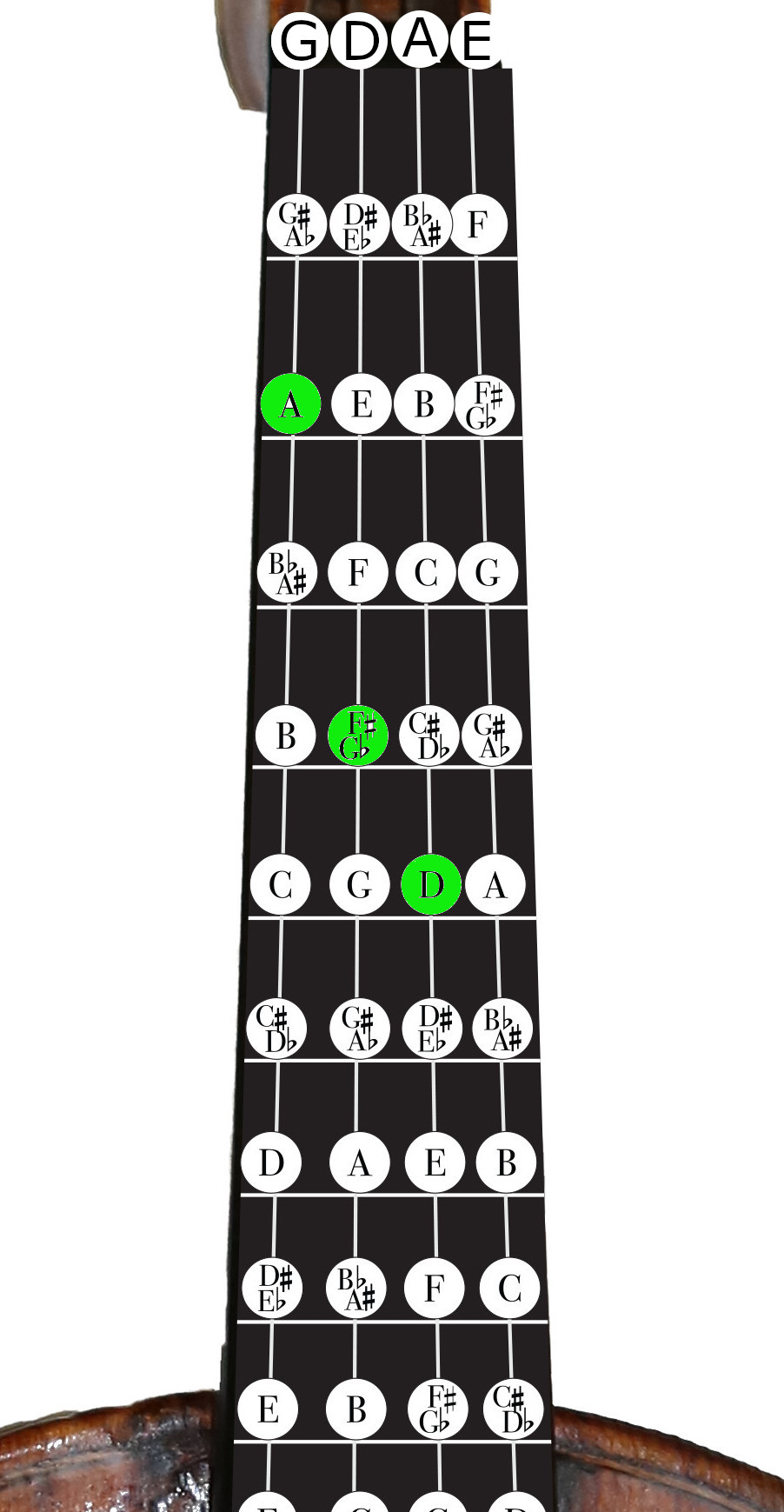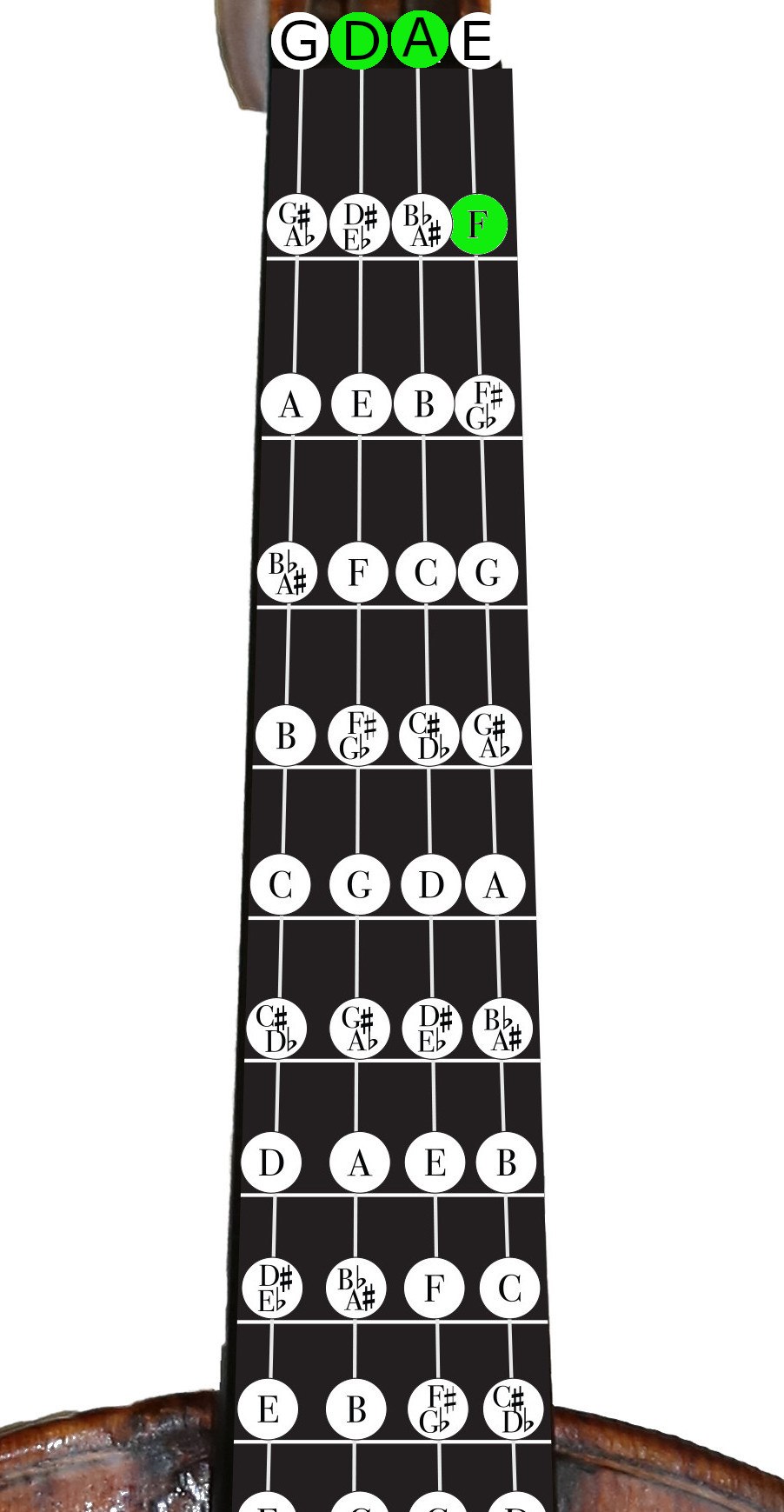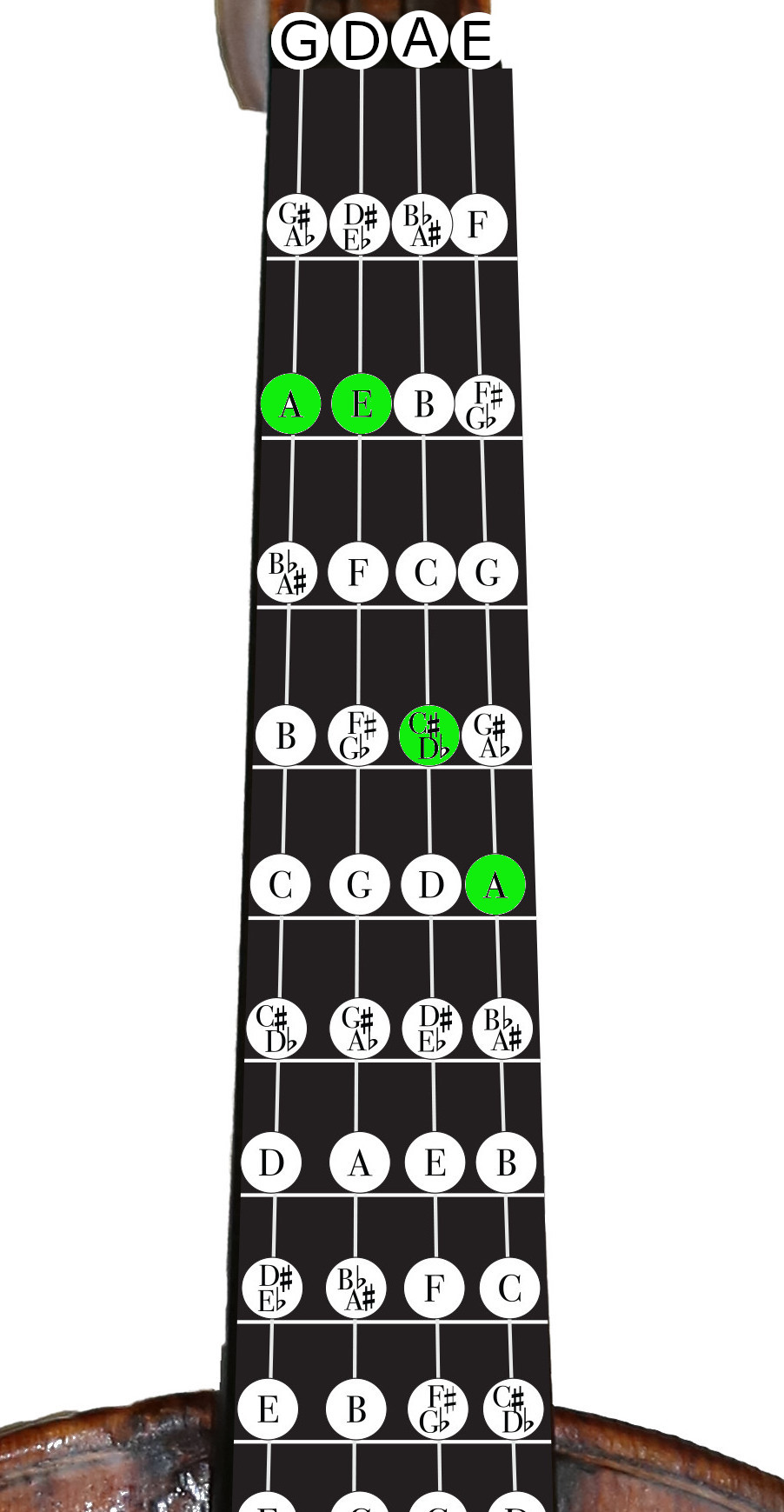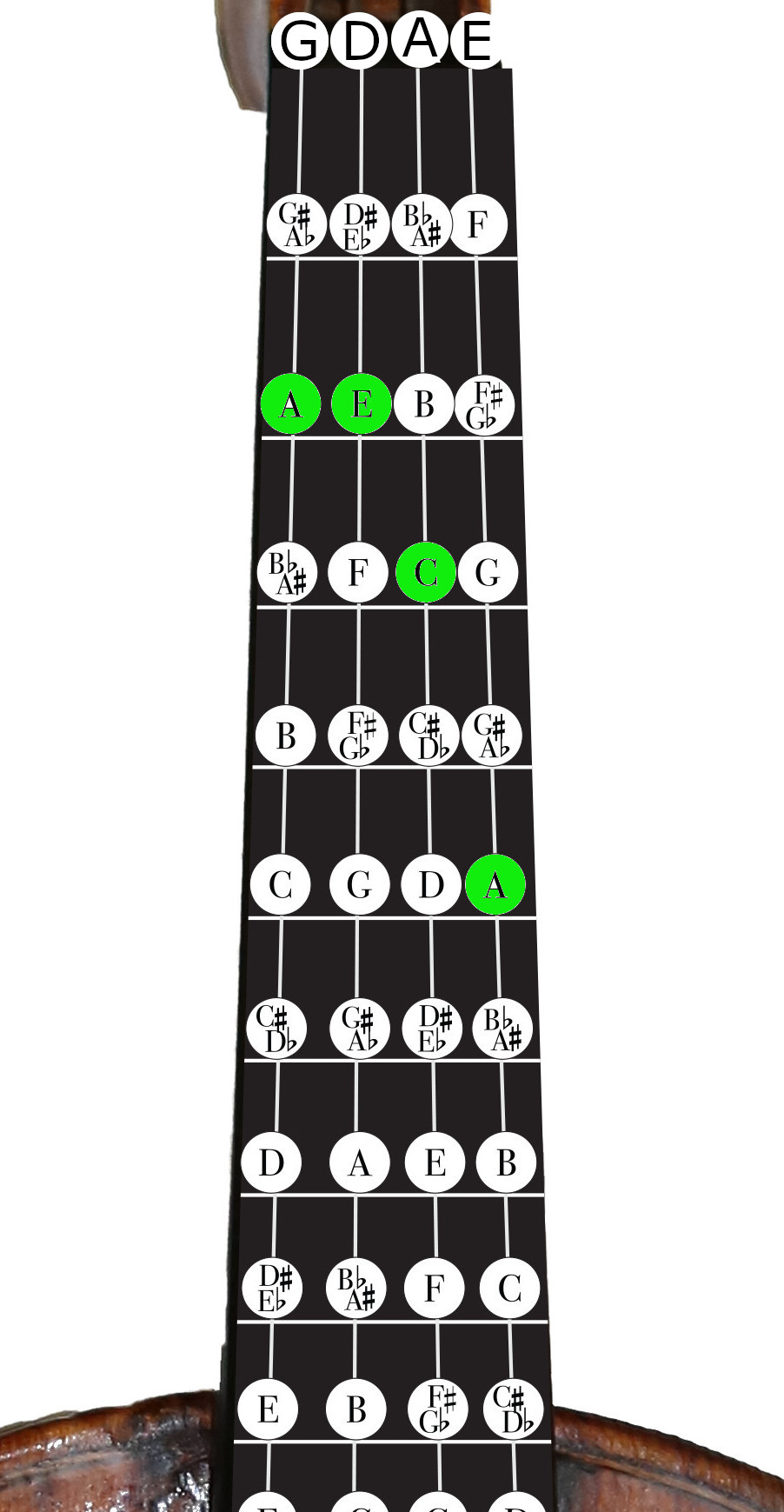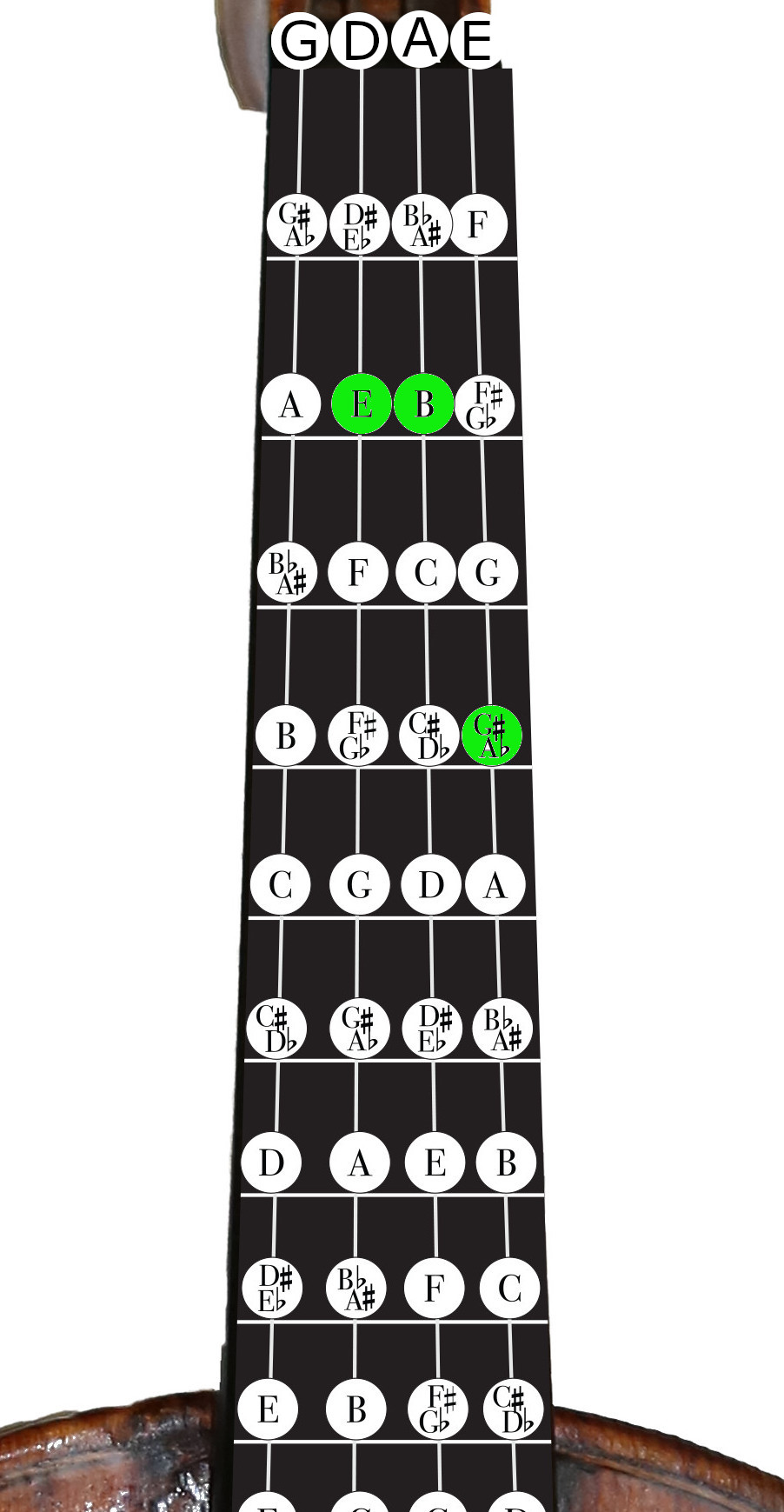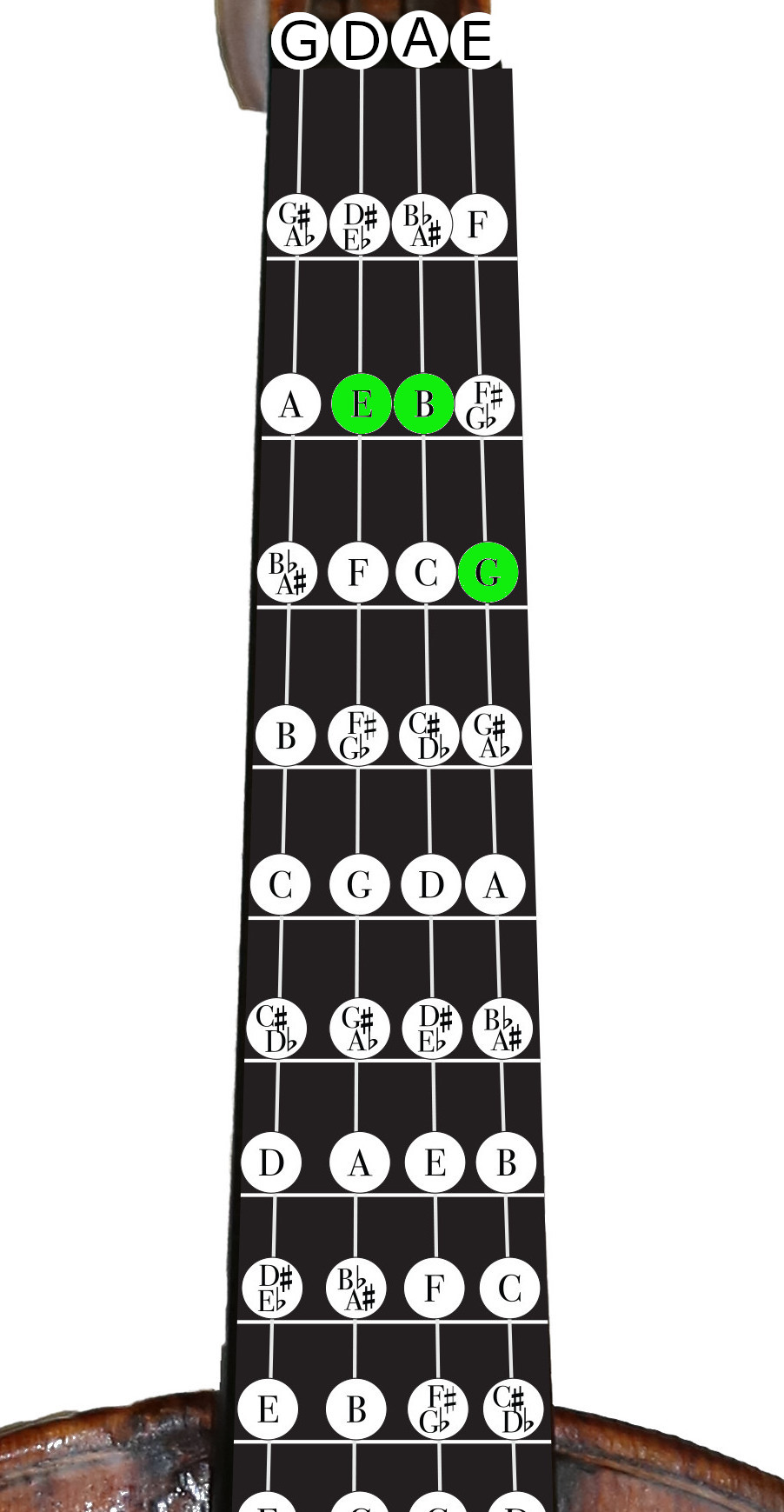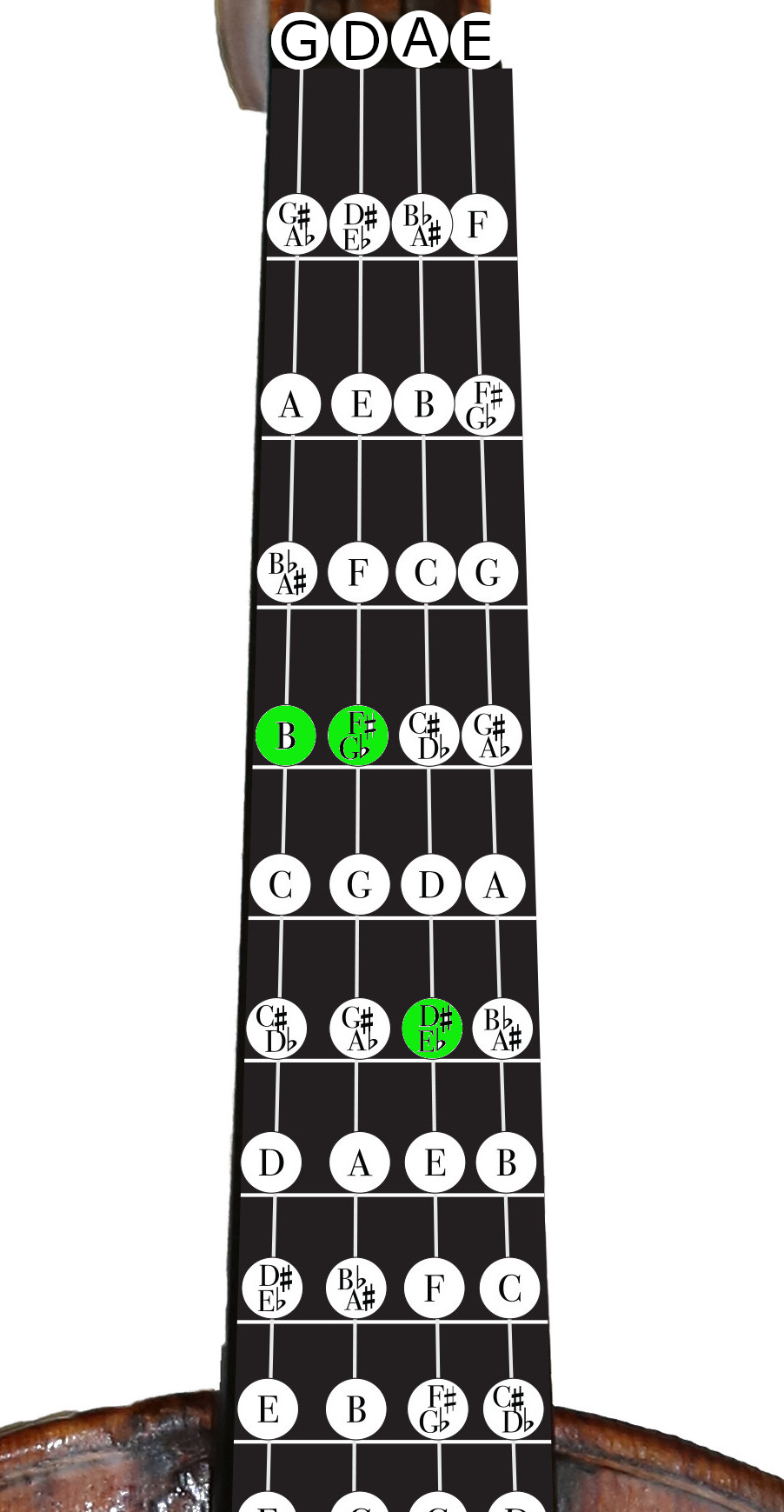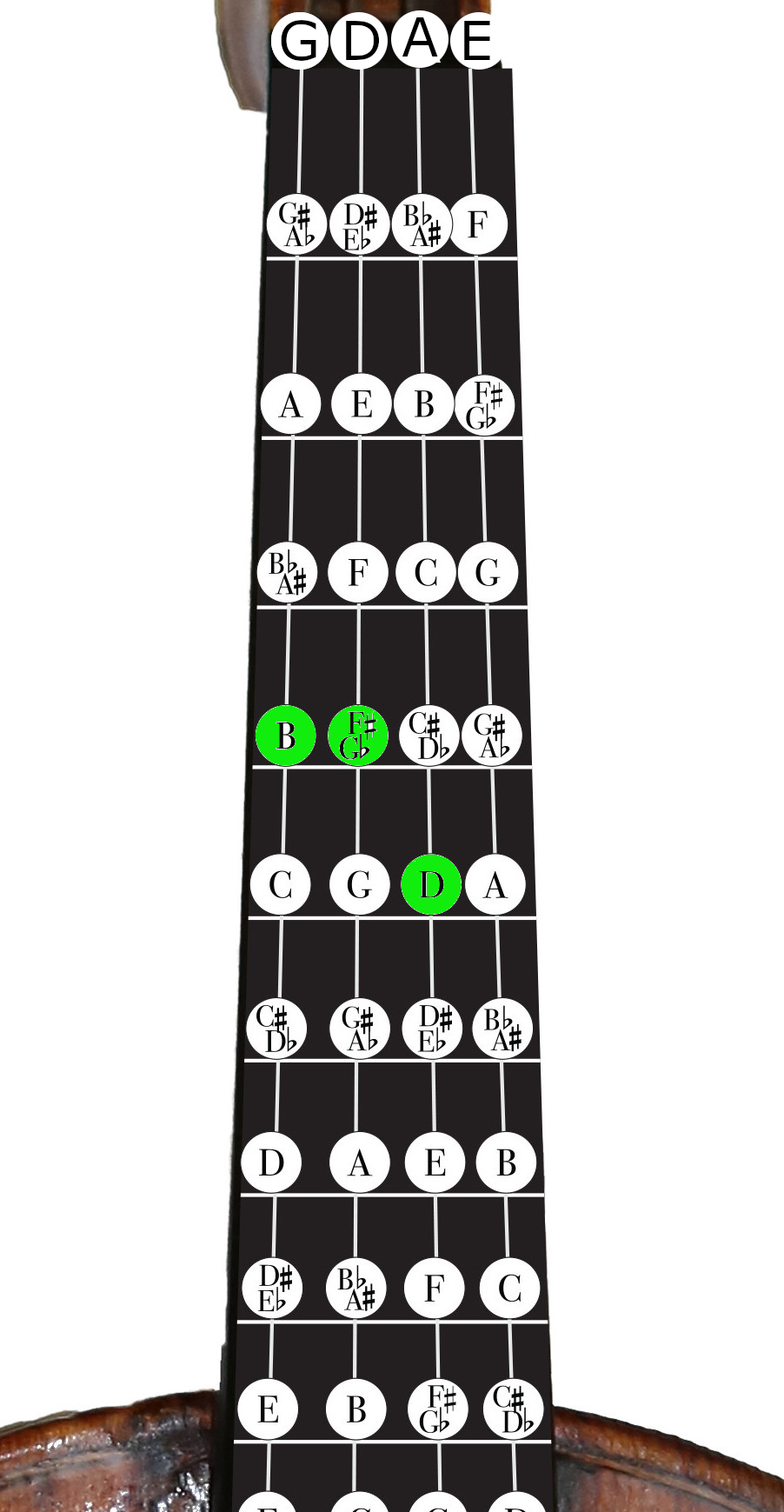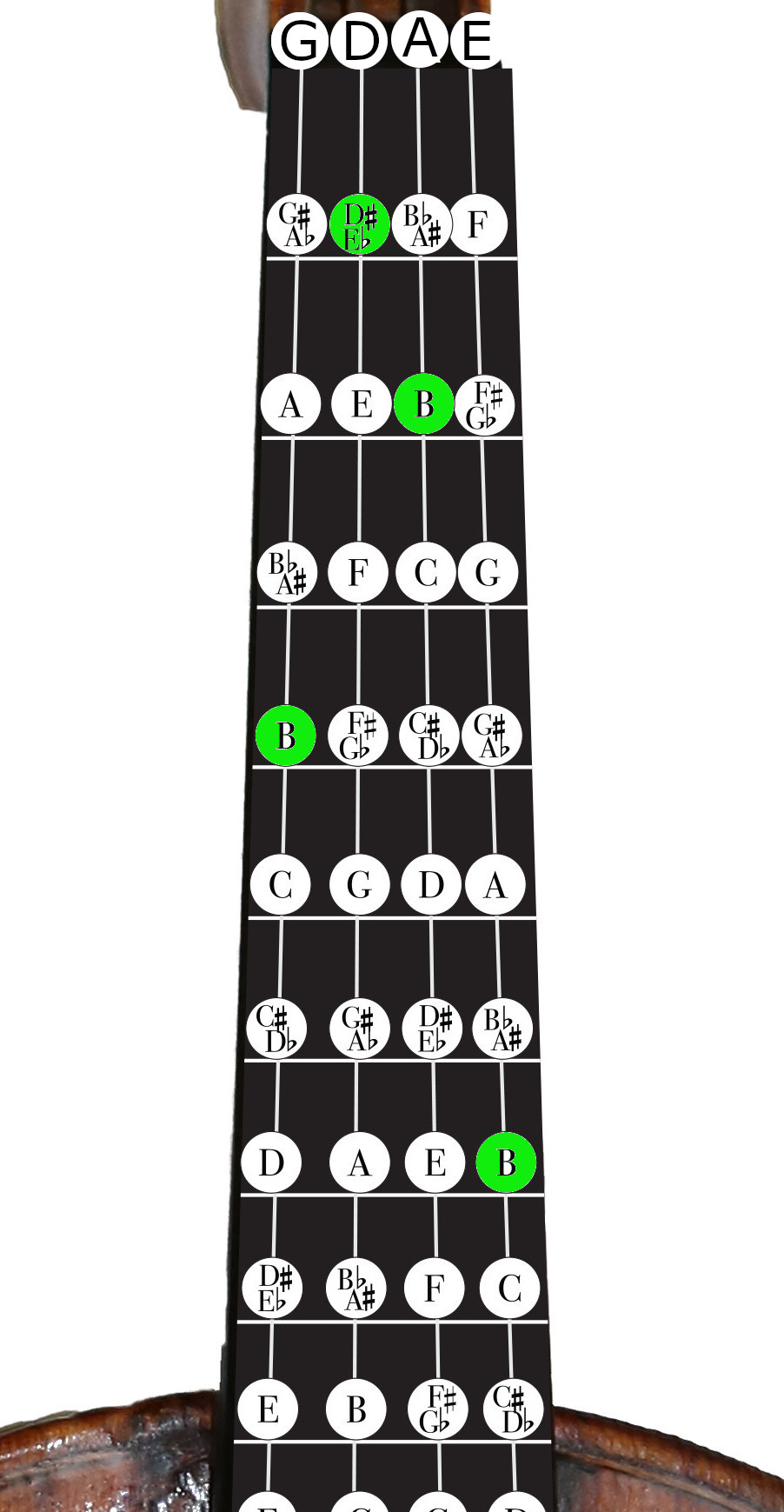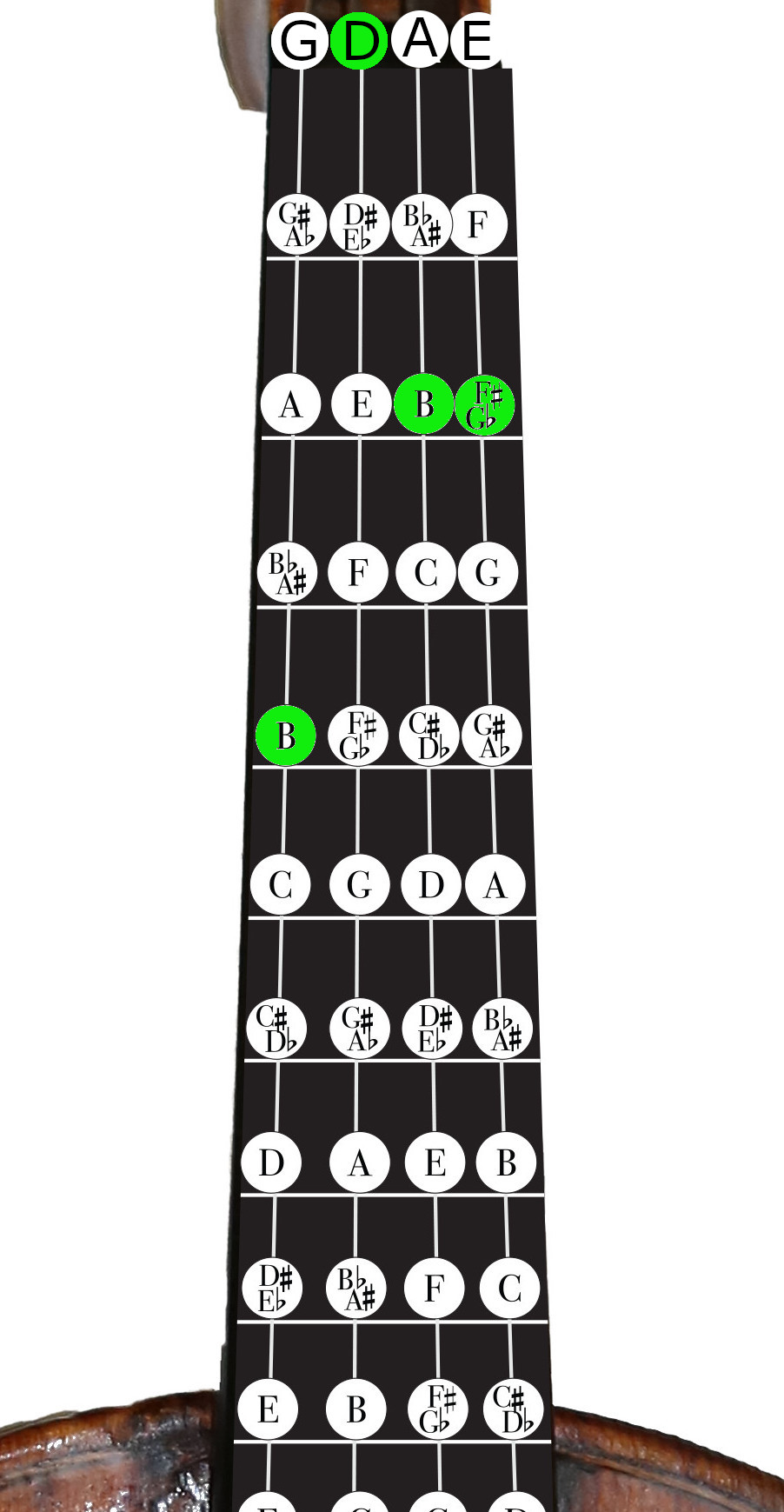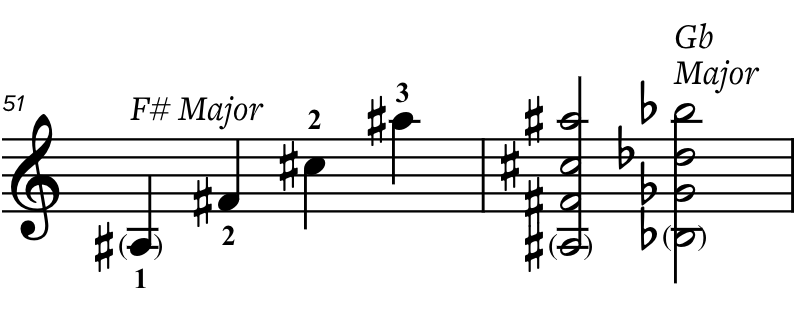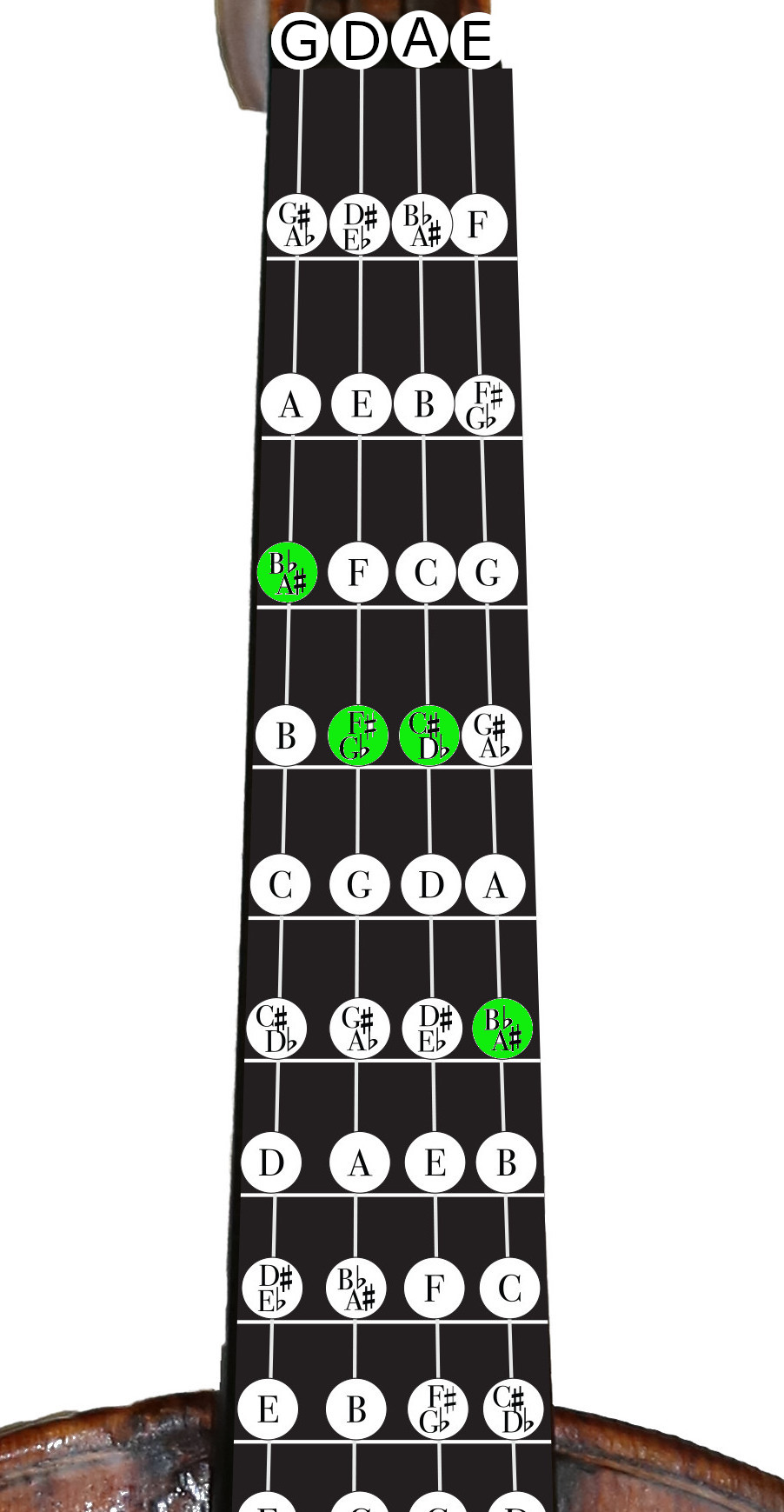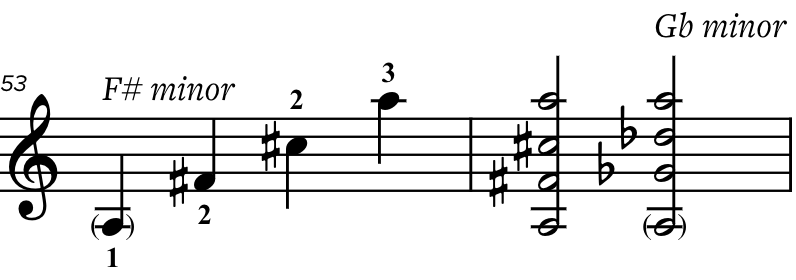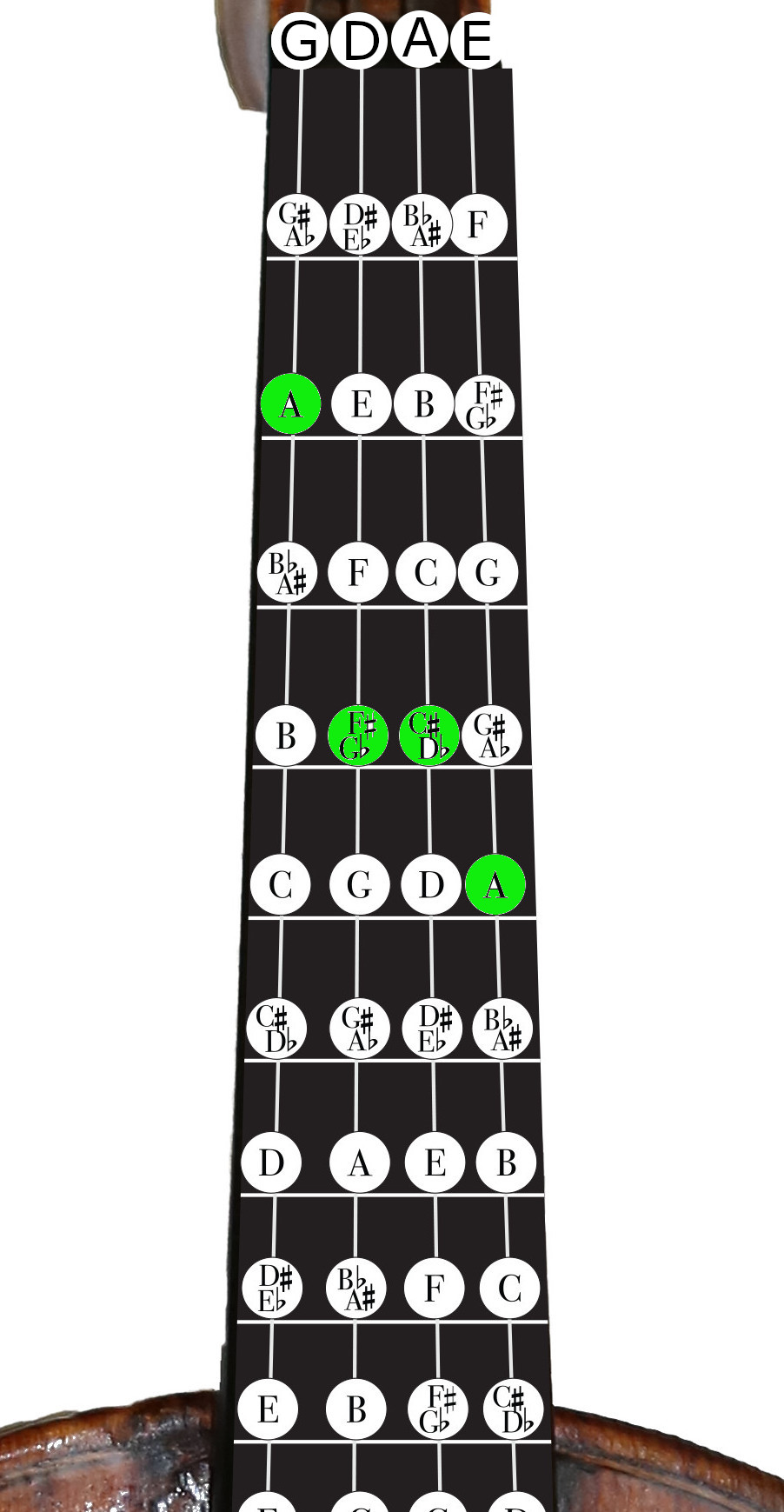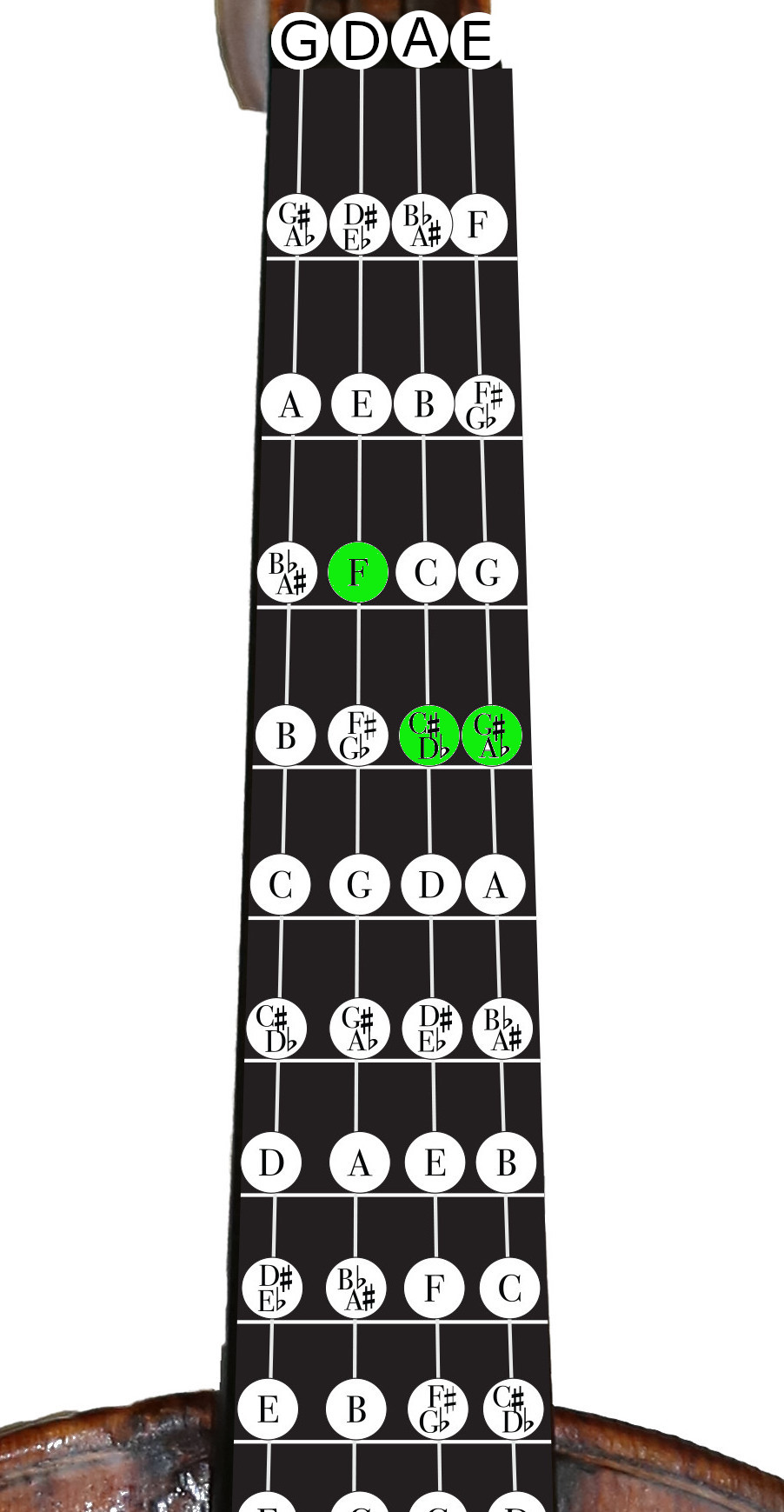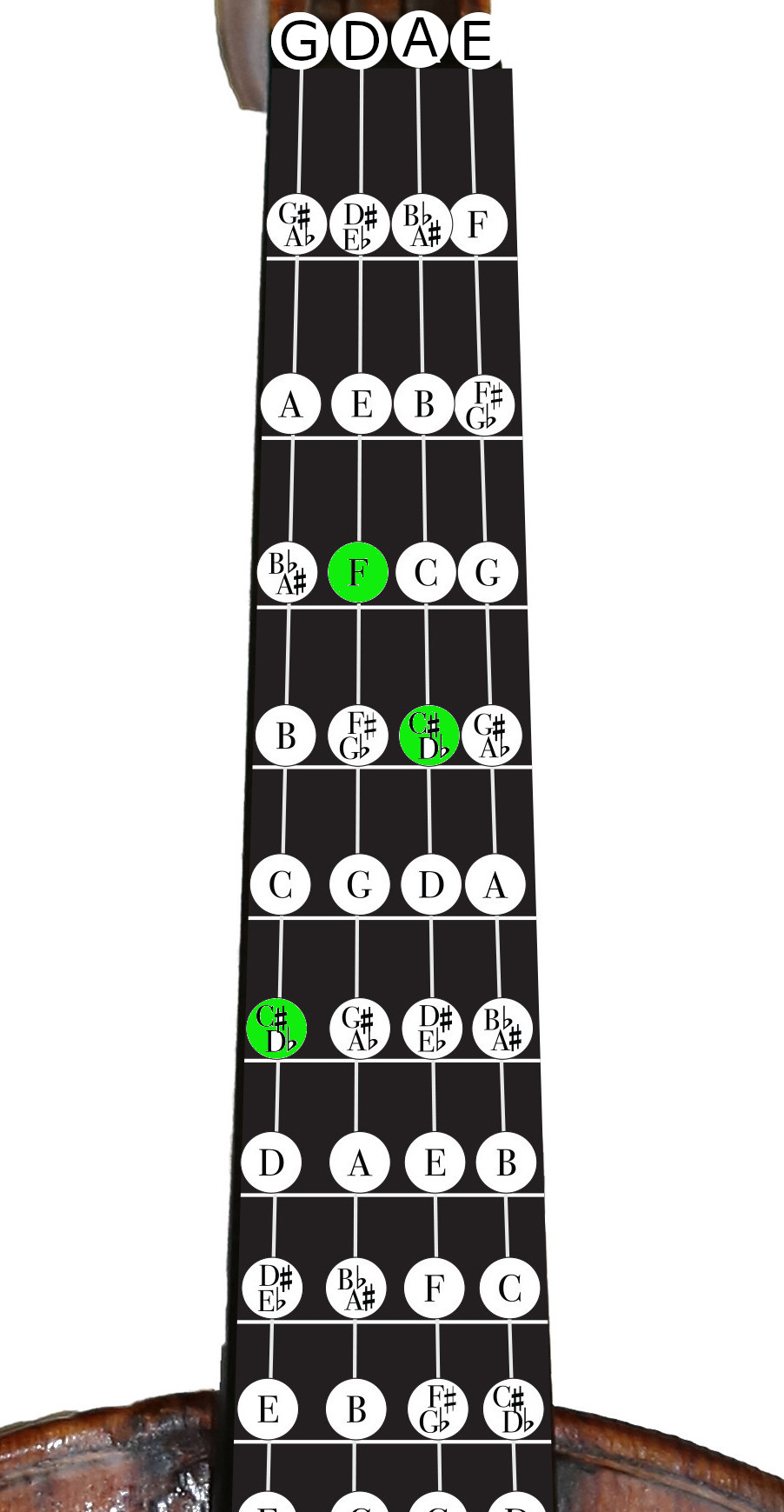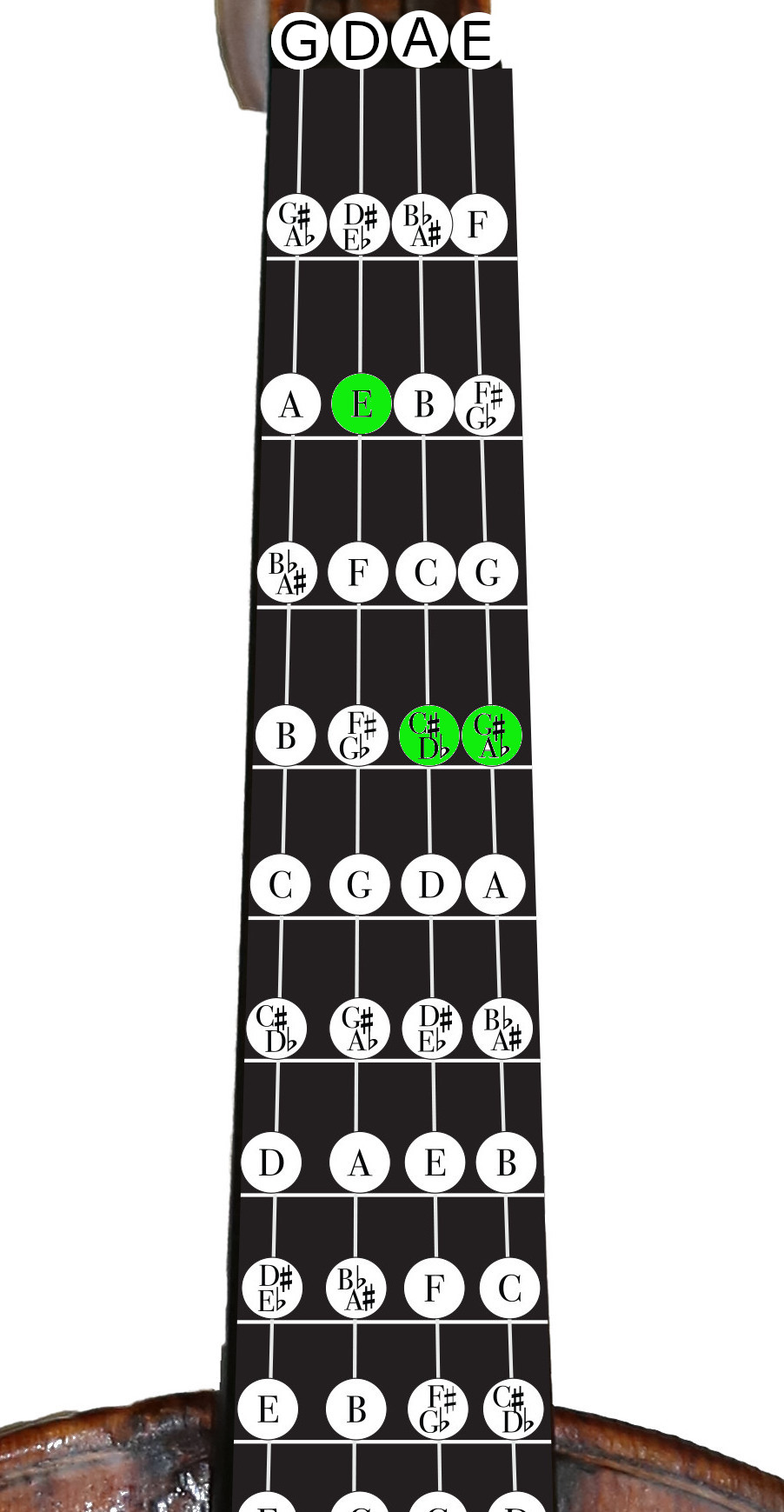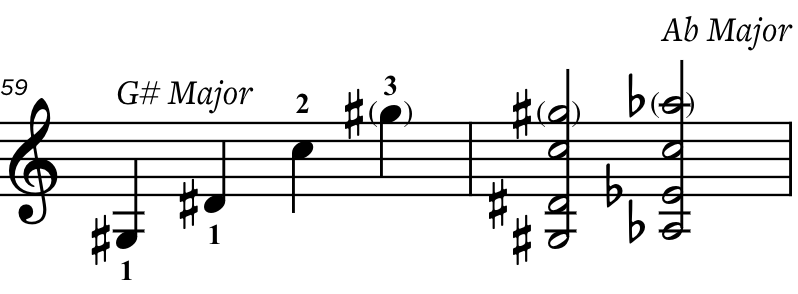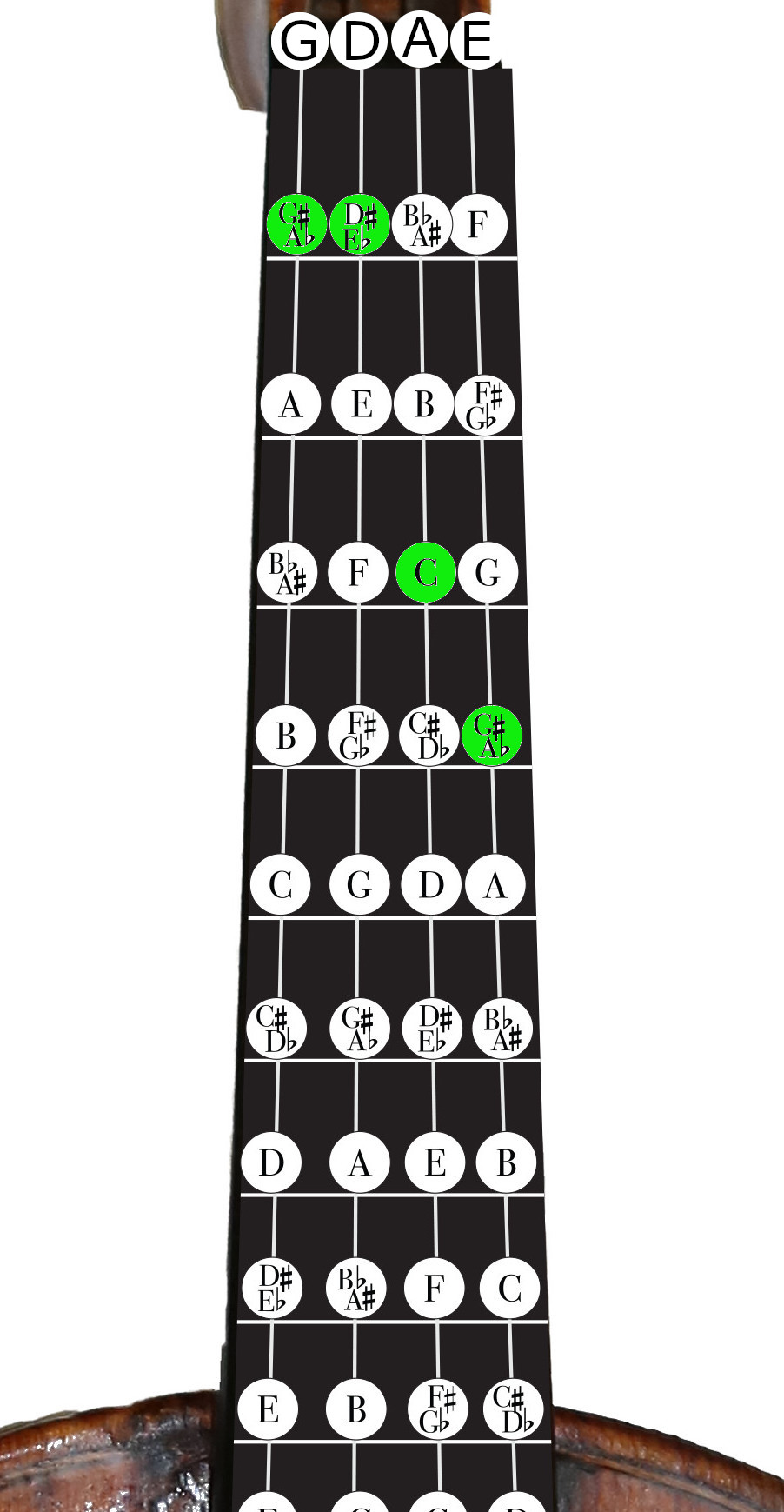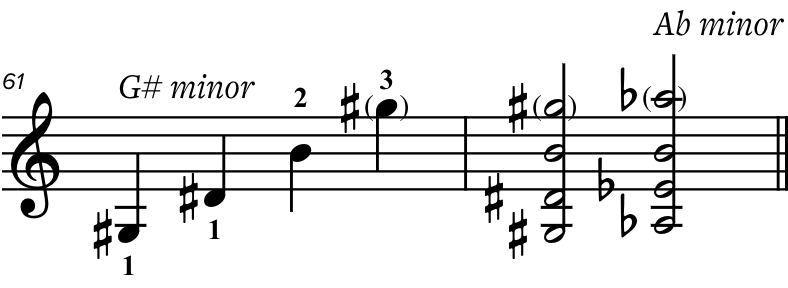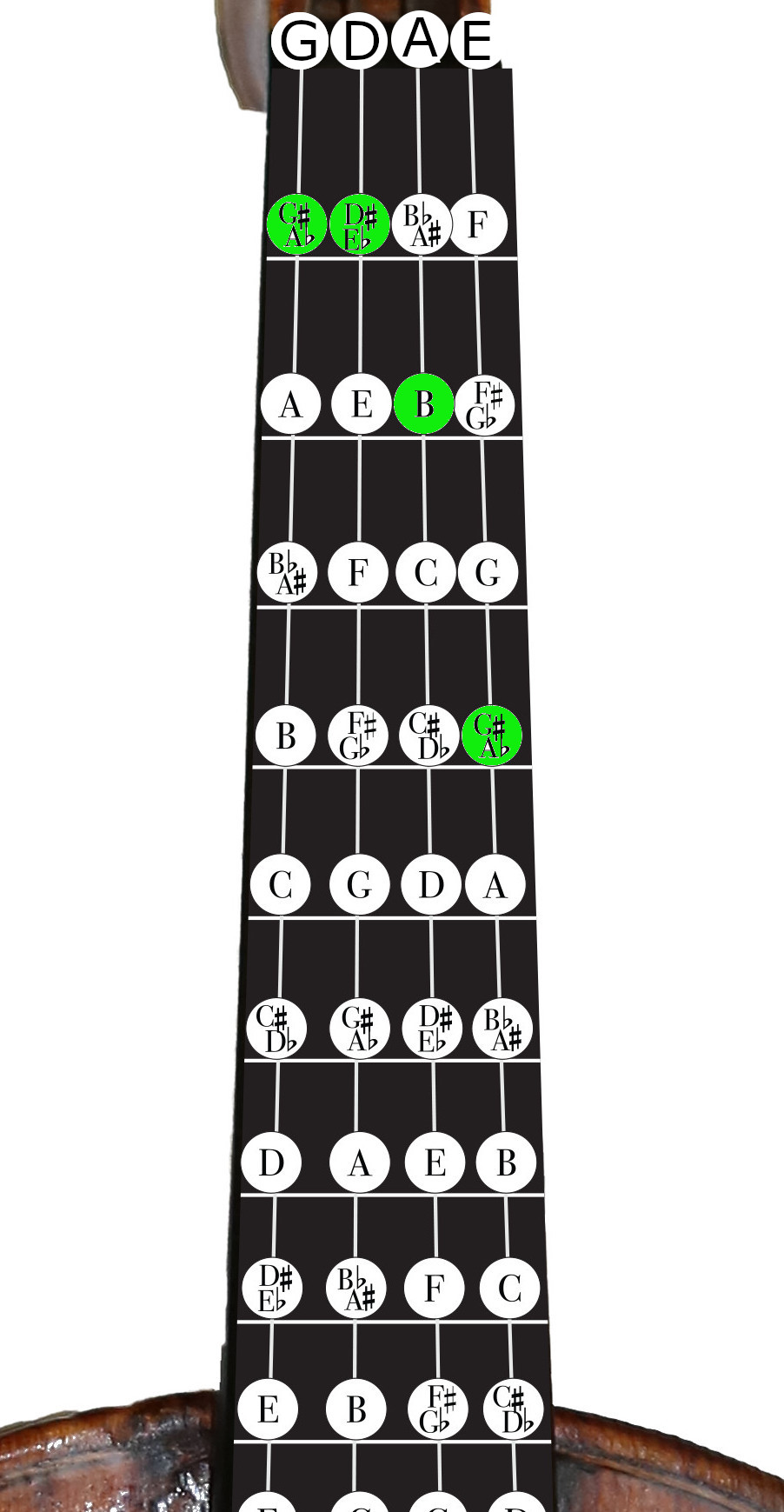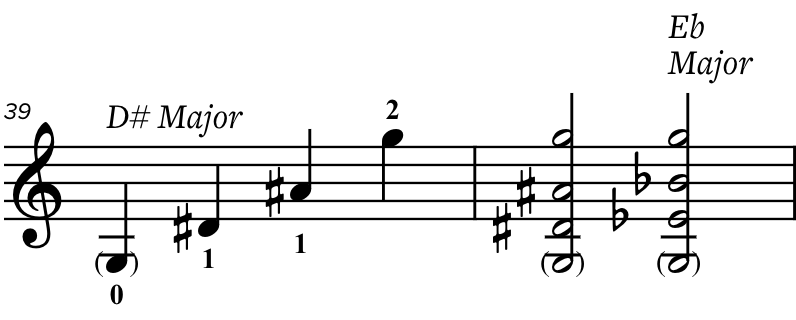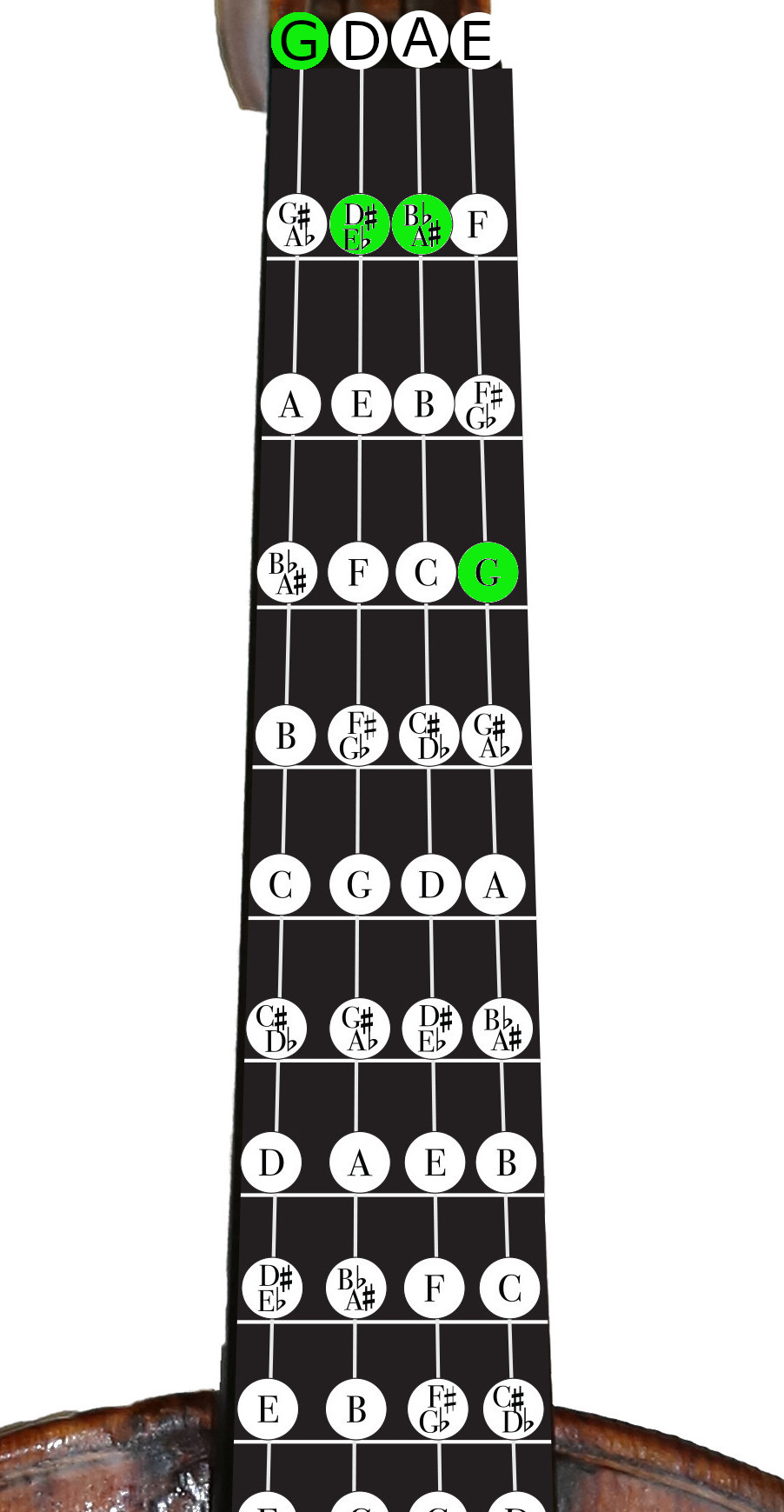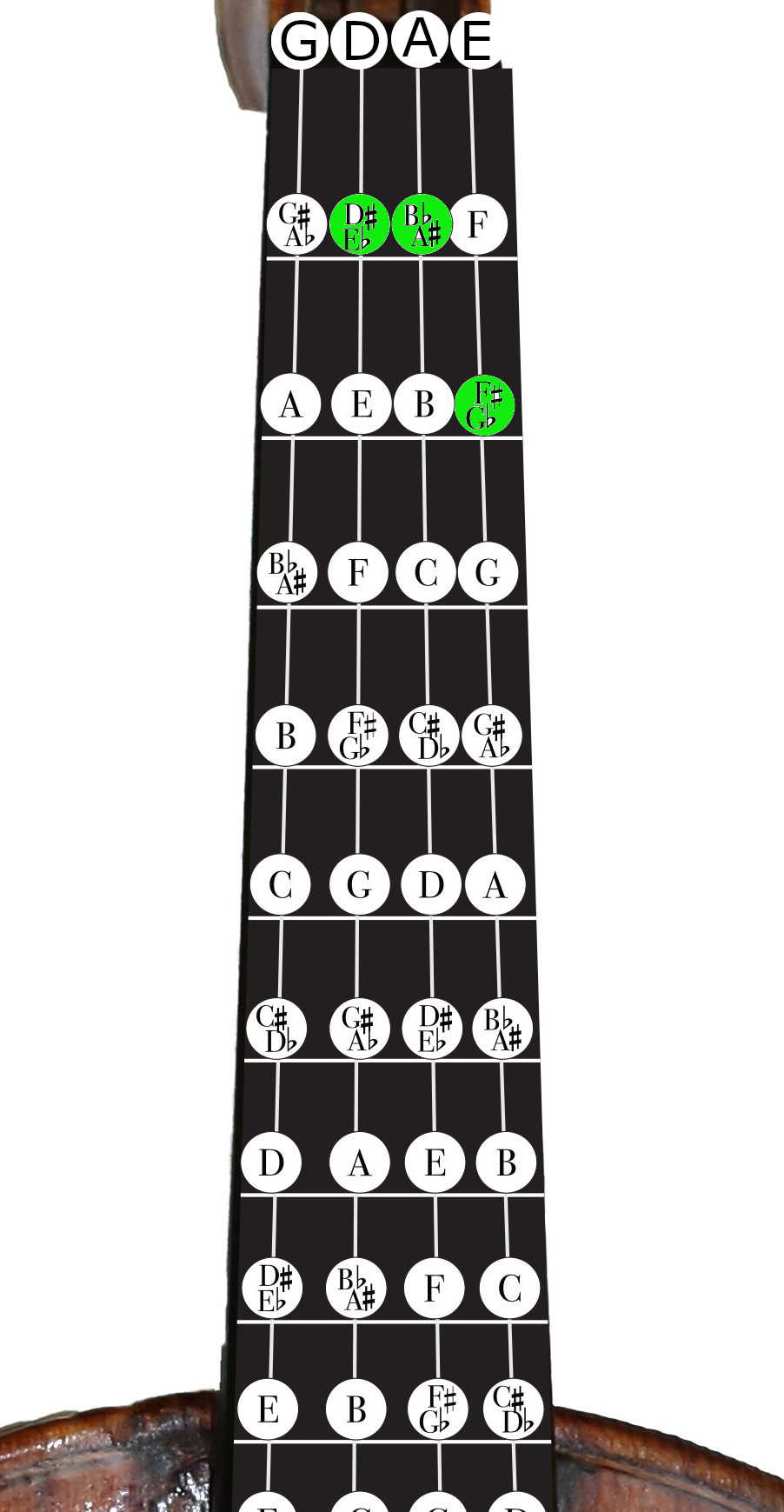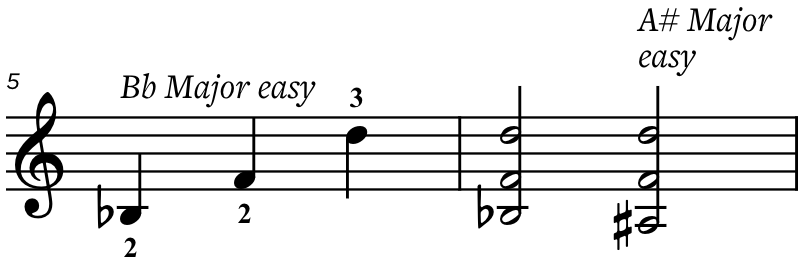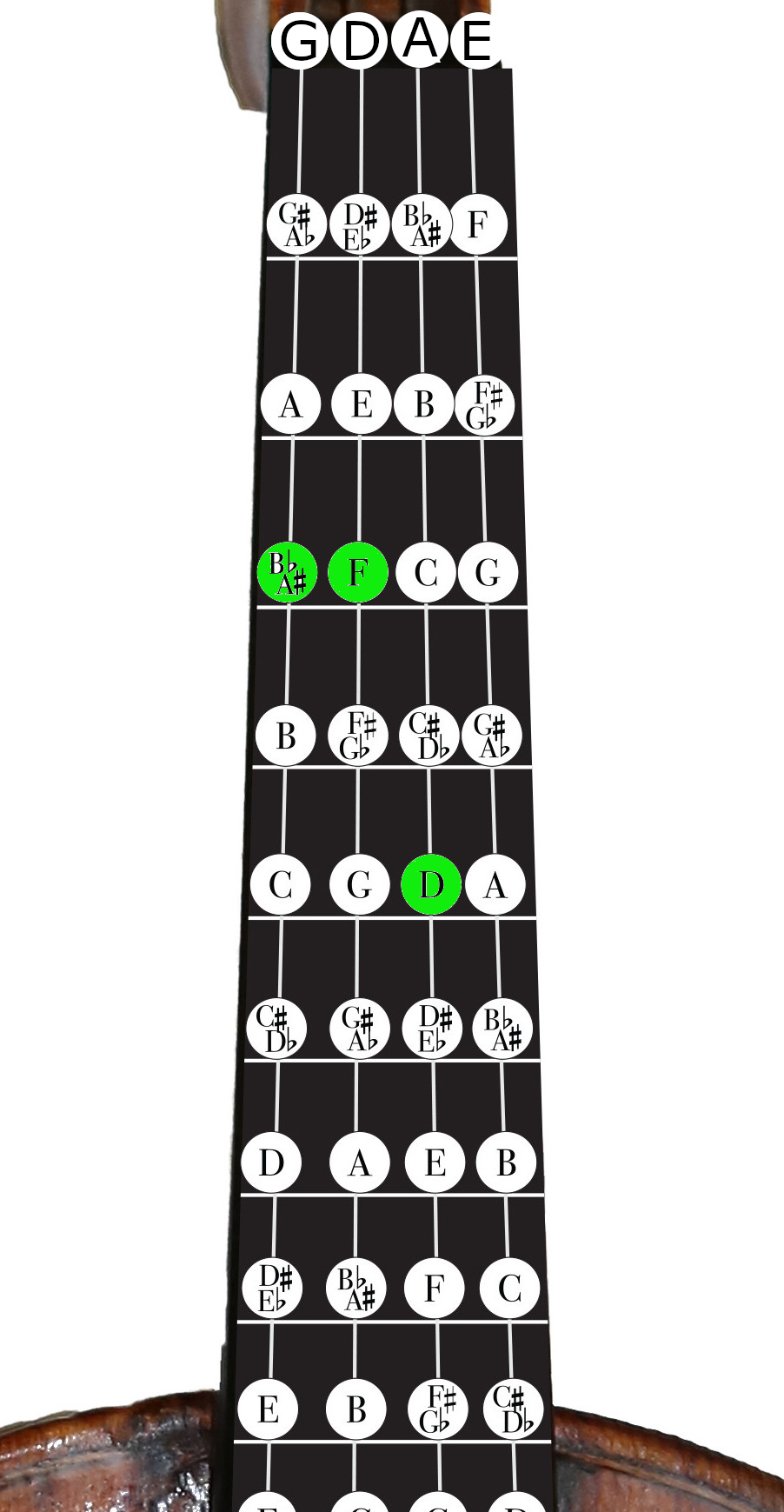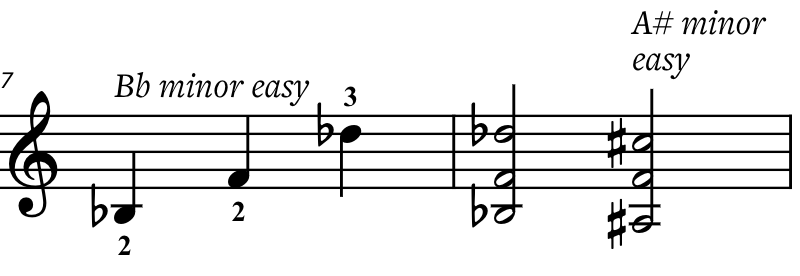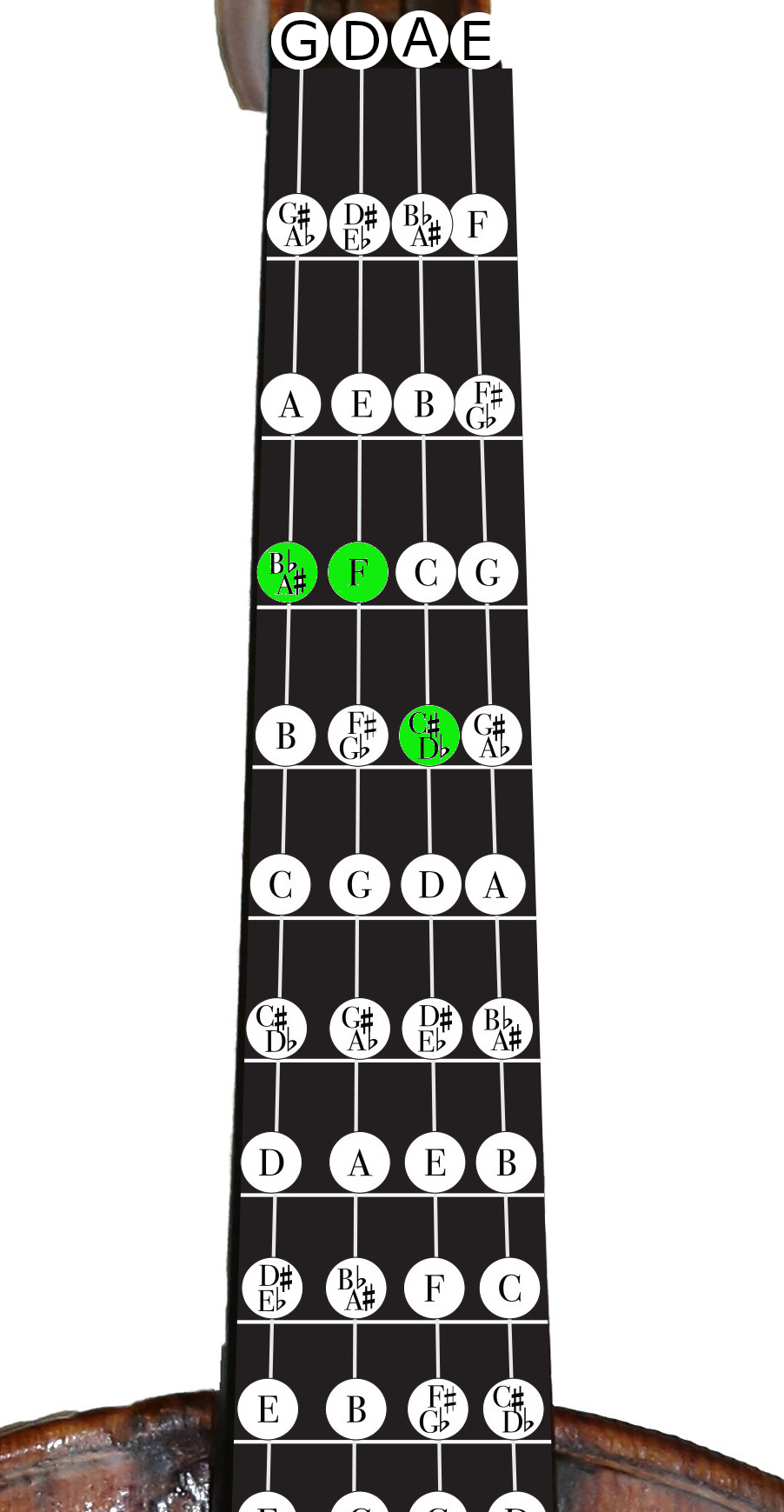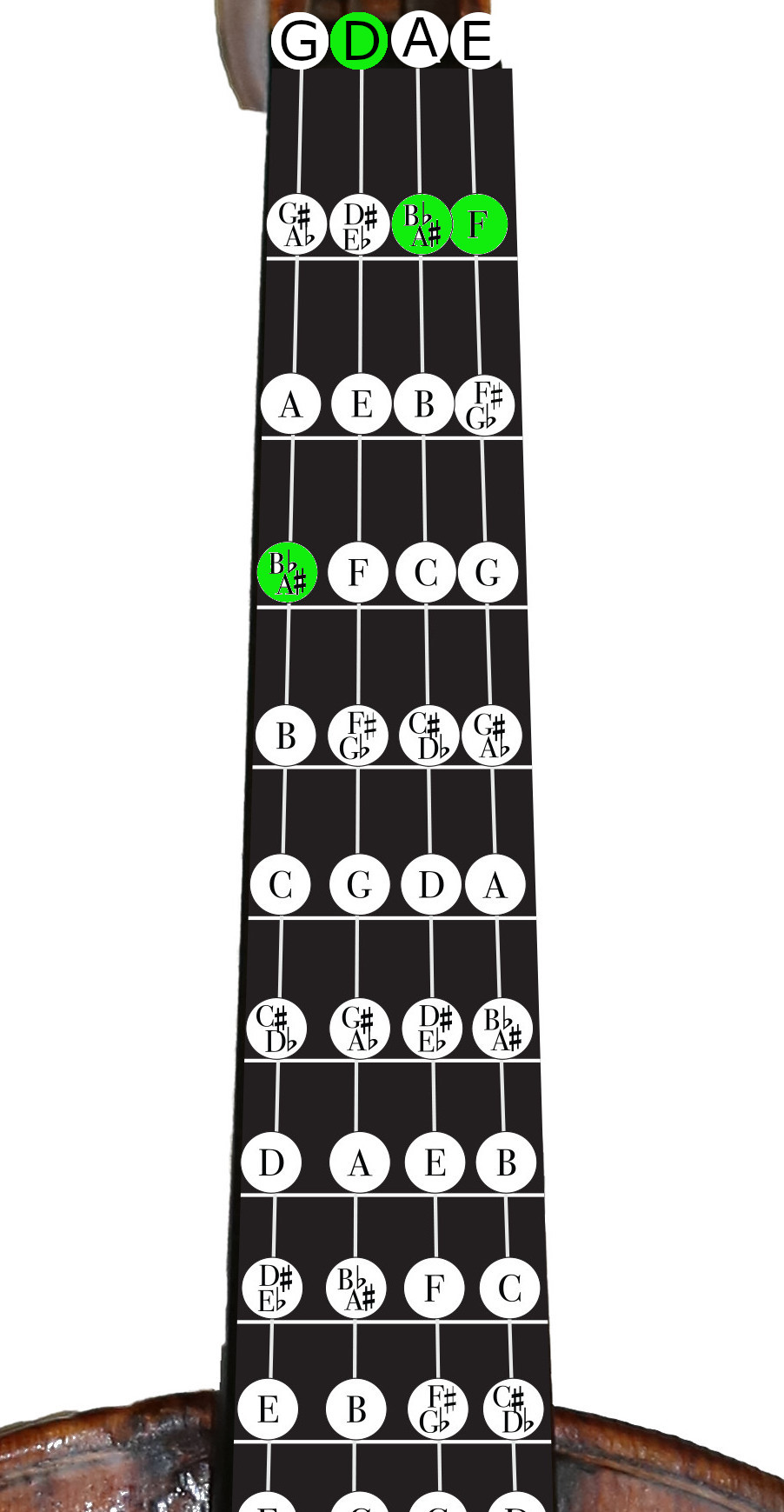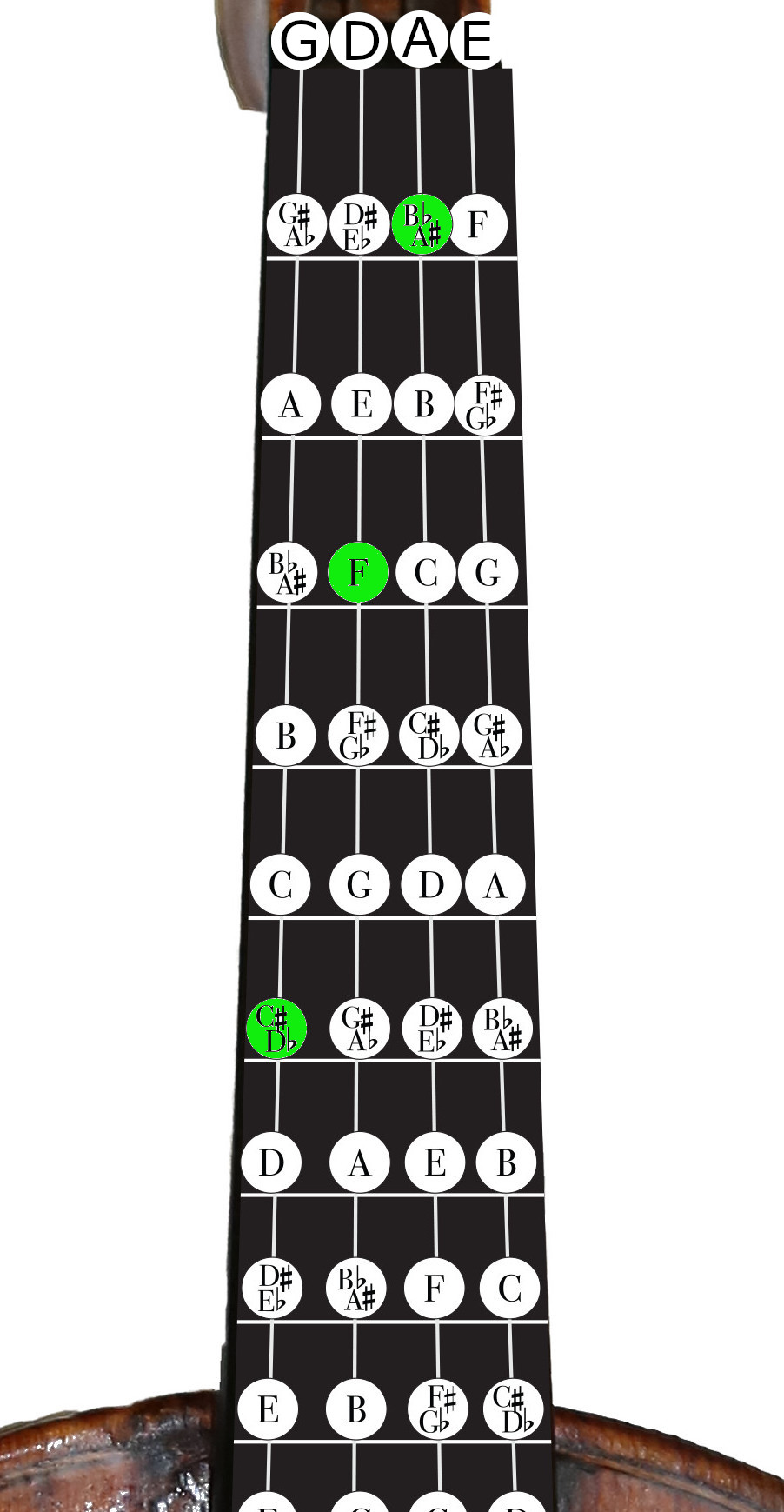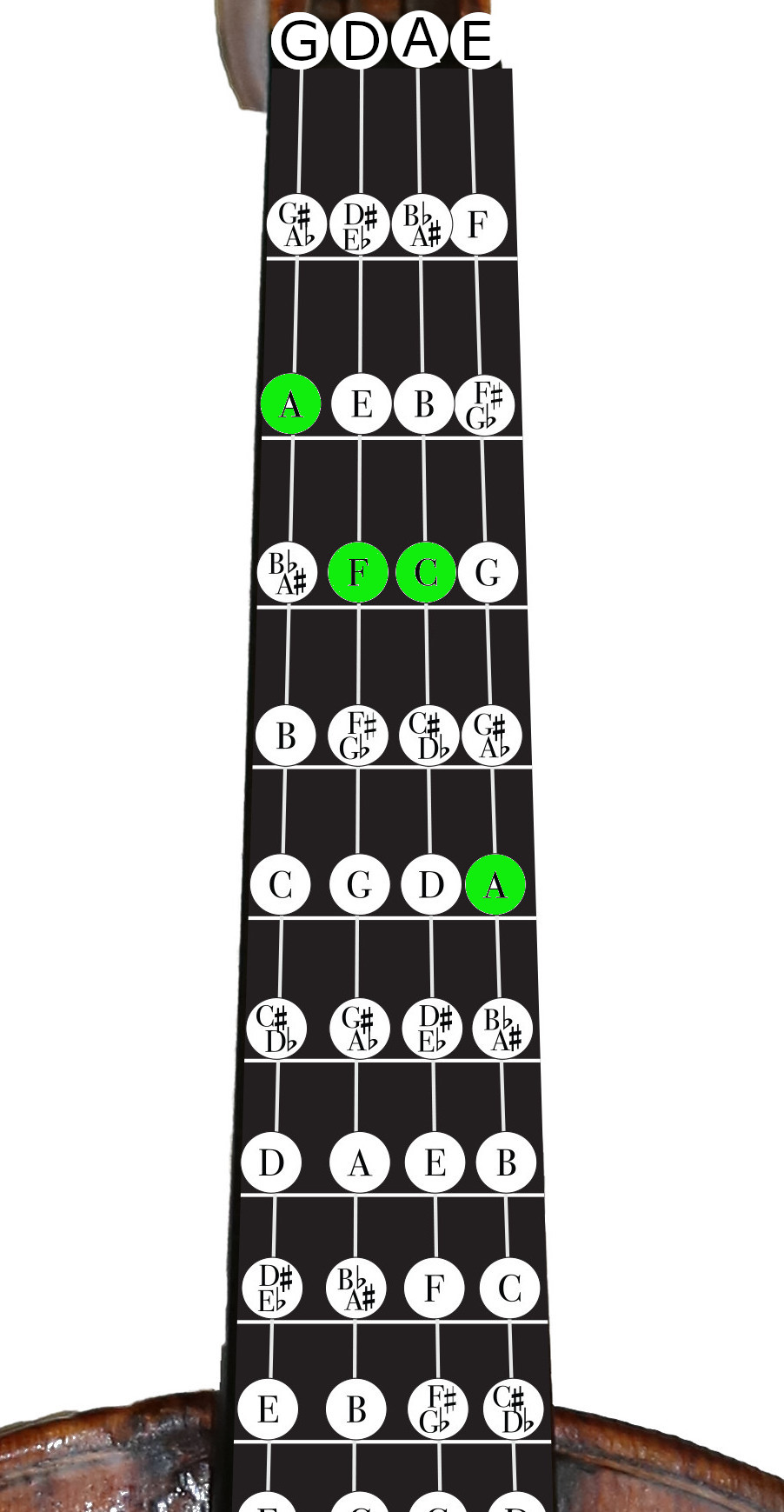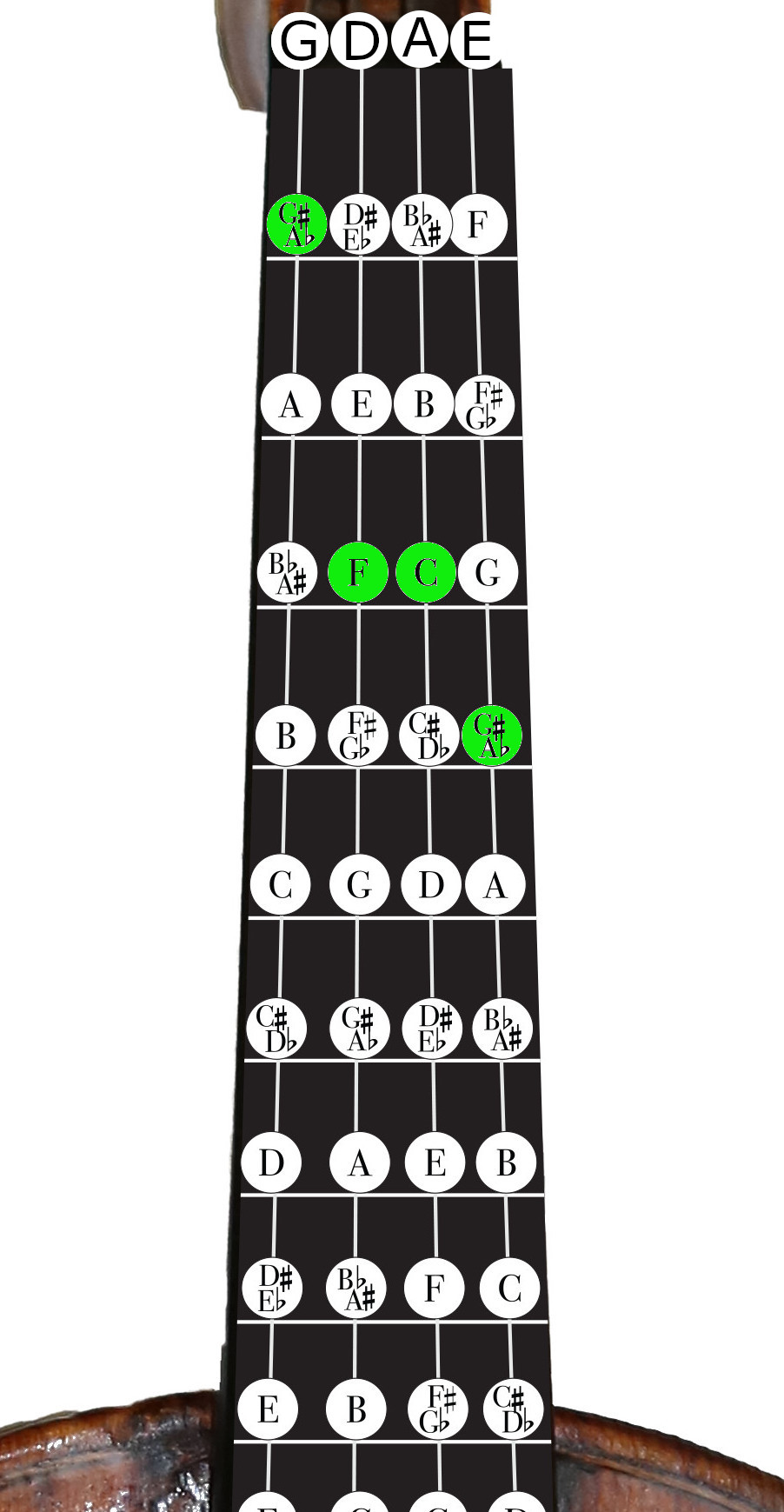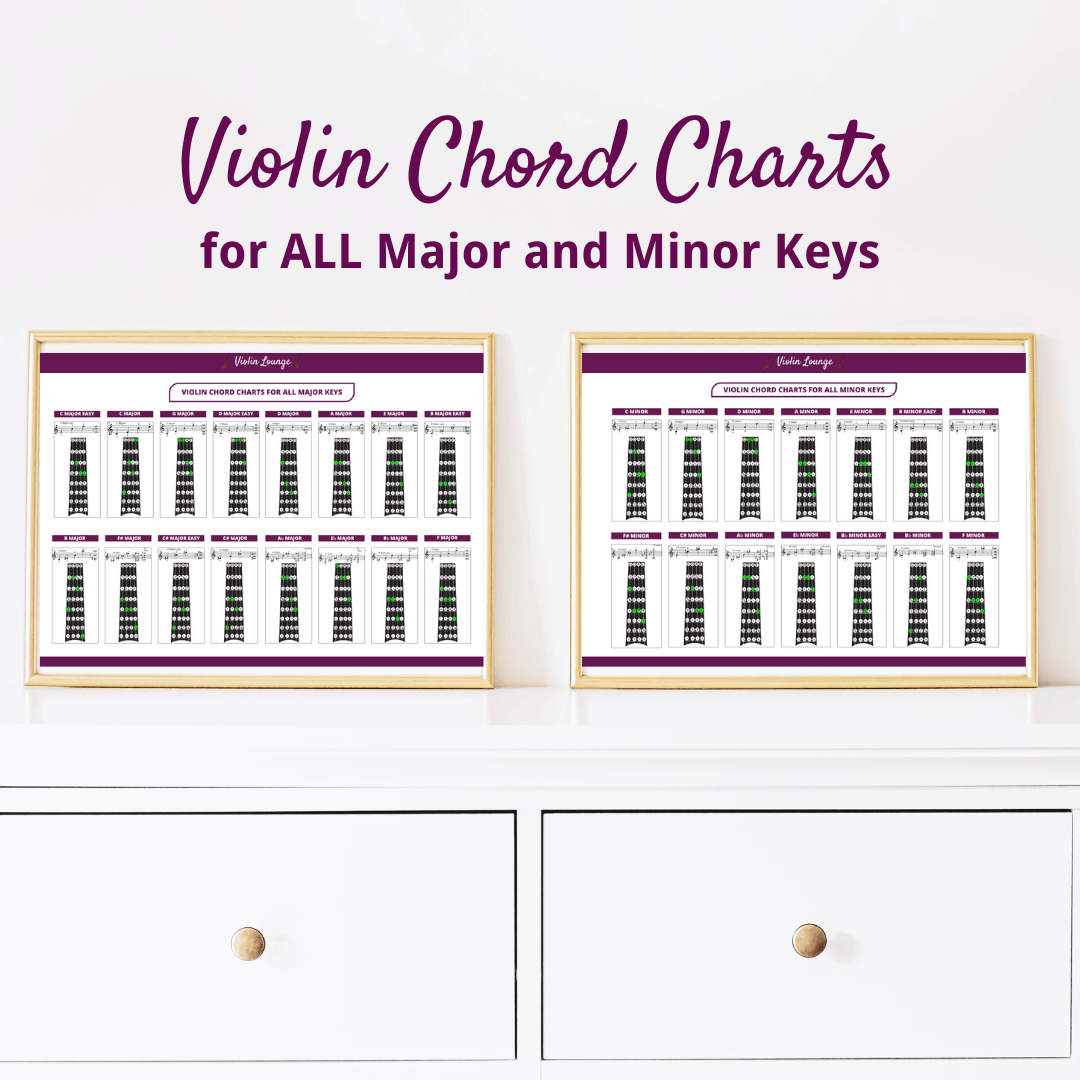12 Violin Bowing Techniques with Intermediate Examples
12 Different violin bow techniques with easy examples from well known student concertos, pieces and etudes
If you want to take your violin playing to the next level, nothing will get you there faster than improving your bow technique
However, as a player with already some experience it can be very difficult and frustrating to try to find pieces that include bowing techniques that will challenge you while also not being part insanely difficult concertos! Fortunately, many of these techniques are indeed hidden within beautiful intermediate repertoire. Working on these pieces and learning to identify the different techniques they contain will help prepare you to tackle major showpieces in the future with confidence!
1. Detaché
A simple detaché is the default way of bowing. There are no special markings in the sheet music. You play one bow stroke for each note, play the notes in their full length and make seamless bow changes.
Detaché can take many shapes and forms: from long notes with a full and deep sound to clearly articulated fast runs.
Obviously, this is the most common bow stroke in violin music. See it here in the opening of Bach’s concerto in D Minor for Two Violins, played by two great violinists. Notice how they both use a full, broad bow stroke and use the same amount for every note to create an even sound. This is just one example of many, so try finding detaché passages in your other pieces.
2. Legato
As a bowing technique legato refers to playing multiple notes on one smooth bow stroke. You hear fluent transitions between the notes. In sheet music you see a slur above the notes. As an articulation legato refers to smooth transitions between the notes and can also refer to notes that are connected by seamless bow changes. A slur in sheet music can sometimes indicate a phrase and not one bow stroke.
There are a few main difficulties students face when learning legato. The first is keeping a straight bow at an even bow speed, and the second is having a full sound at the tip. Practice first doing long bows on open strings, adding a little pressure as you get to the tip to maintain the sound and watching that you are parallel to the bridge.
The Rieding concerto is a great for using legato in your repertoire. The notes do not go beyond first position, and the melody is heartwarming. Can you play the legato slurs with the whole bow?
3. Portato
Portato is similar to legato as you play multiple notes on one bow stroke, but you stop your bow between the notes without adding accents or weight. It sounds a bit similar to detaché and is usually applied to several same notes.
For a portato example, I have chosen Telemann’s Concerto for Four Violins in G Major. All four parts are suitable for intermediate violinists. In the beginning, the lower three parts come in one at a time with portato quarter notes before the first violin soloist enters on top. I want to point out that the recording below does not use the portato bow stroke, but it is notated portato here in Telemann’s original score. Sometimes bowings are a matter of taste and can be changed.
4. Tremolo
Tremolo are very short fast bow strokes at the tip of the bow. Usually they are played on one long note. In essence this is a nuance of detaché. These can be in a random tempo or measured.
It is very rare to find tremolo in solo violin music, as it is mostly an orchestral technique. However, Jenkinson’s Elfentanz is a good example of measured tremolo. Do you see all the diagonal lines through the stems of the notes? One line cuts the note value in half, two lines cuts it in fourths, etc. So a quarter note with one line through it is played as two eighths, and a half note with four lines through it is played as four eighths. Think of it as a more advanced version of Suzuki’s Perpetual Motion.
5. Martele/Staccato
Staccato simply means that the notes are separated and not played in their full length. On the violin this means that you stop the bow between the notes. Usually staccato refers to several of those notes on one bow stroke. We call this up-bow, slurred or linked staccato (see next).
You see a standard or simple staccato where one note is one bow stroke a lot in the Suzuki books and in tango music.
In the accented martelé we catch the string by putting pressure on the bow with the index finger. In the beginning of the bow stroke we release this and let the
bow travel. This creates a bow stroke that starts with a ‘click’ or a ‘bite’ and ends almost silent. This is the standard most well known type of martelé.
You can change the sound by making the accent more pronounced (accented martelé), less pronounced (marcato) or by sustaining the sound throughout the bow stroke (sustained martelé).
Like detaché, examples abound. The first movement of Vivaldi’s Violin Concerto in A Minor uses both martele and staccato. Can you tell the difference? Martele uses more bow than staccato. Listen closely to the ending of the phrase at 0:25. In the Suzuki edition, the first two eighths are marked with a martele accent, and the second two with staccato dots. Making those articulations intentionally different creates variety and style.
6. Solid Staccato
Multiple staccato notes on one bow stroke. Fast up-bow staccato runs can be very spectacular. The bow doesn’t leave the string. The index finger makes inflections to articulate and/or the bow makes little stops. Usually it’s on an up-bow and in a fast tempo.
The bow doesn’t leave the string (otherwise it’s called flying staccato). The index finger makes inflections to articulate and separate the notes.
Solid staccato is a very challenging and intimidating bow stroke, especially in something like Rondo Cappriccioso or the Wieniawski concerto. The inside secret to learning this elusive technique is…Kreutzer Etude No. 4! You can use this etude to practice upbow or downbow slurred staccato. The trick is to keep a loose right hand thumb at the frog, and always to have the bow in strong, complete contact with the string. Create the staccato with the weight of your arm through the bow, not by squeezing your fingers. Start very slowly and gradually increase the tempo while maintaining ease.
7. Hooked Bowing
A hooked bowing is like a regular slur, but you stop the bow in the middle of the slur before playing the second note to create separation. Sometimes one or both notes are accented, or have a staccato dot.
The opening theme of Seitz’s Violin Concerto No. 2, a fantastic student piece, uses hooked bowing.
8. Collé
Collé is a technique where the fingers and wrist make a circular motion resulting in an active off-the-string bow stroke with a firm sound.
In the third movement of the same Seitz concerto, at 0:38, notice how he plays those two eighth notes near the frog with a small circular motion of the wrist. Collé should start from on the string for a firm, accented attack.
9. Bounced Spiccato
Spiccato is a semi-passive bow technique, in which you work with the energy of the violin bow. The finger action gives an impulse and the bow bounces on it’s own. The bow is off the string at the bow changes. This works best at the balance point of the bow or a bit above depending on the tempo.
In a fast tempo, the bow fully bounces on its own and we call it sautillé. This is executed in the middle of the bow.
Two or more spiccato bow strokes all played up-bow on one spot of the bow is called flying spiccato. If you play multiple spiccato notes in the same direction, but let the bow travel, this is called flying staccato.
I highly recommend studying the Accolay concerto, which includes many of the techniques already discussed such as legato and hooked bowing. It also has a very fun spiccato section in the middle. It is an easier spiccato example because the tempo is not extremely fast. The trick is to find the spot in your bow where it bounces the best. This is slightly below the middle for most people, although in slower tempos you can go a little closer to the frog.
10. Flying Staccato
This can be seen as multiple spiccato notes on one bow stroke where the bow travels. It’s a solid staccato, but with jumps between the notes.
Kreisler’s Tempo di Minuetto is not a very well-known piece compared to some of his other works, but it is still a charming little encore. It alternates between a joyous, outgoing theme and a lighter, mischievous inner section. This section includes flying staccato on one continuous note. The danger here is clipping the notes and not letting them speak. Make sure your bow bites into the string a little bit on each note before releasing. In this particular example, there is also a crescendo through the flying staccato which happens naturally as you approach the frog.
11. Sautillé
Sautillé is similar to spiccato, but this is higher up the bow and at a higher speed. It’s a passive bow technique: the bow bounces on it’s own and the hand doesn’t control the full movement. The fingers just give impulses.
Monti’s Czardas is a classic and infamous example of sautillé. For many students it is their first introduction to the technique. The challenge of the sautillé in the main theme is coupled with the challenges of fast string crossing and changing positions. Again, the main trick is: don’t overthink! Find where your bow bounces best on just open strings with a very loose left hand thumb. A tight thumb will kill the bounce. It may feel unnatural at first, but doing bounce techniques will teach you to trust your bow.
12. Ricochet
After one impulse, the bow can bounce from two to perhaps twenty times. This is a passive bow stroke usually performed on a down-bow. The pressure of the index finger and height of the bounce can determine the tempo.
When this is executed on an arpeggio over three or four strings, we call it jumping arpeggio.
It is difficult to find examples of ricochet in easy violin repertoire because it is an advanced technique that often comes up in big showpieces. But it’s still the perfect time to start practicing for those pieces someday! Rossini’s William Tell Overture is a very famous example of ricochet used to imitate galloping hooves. Below is the original version and also a simpler version of the melody.
Here’s a good way to practice ricochet: First, only use the top half of the bow. With a single impulse, drop the bow onto the string and let it bounce twice down and twice up. Don’t worry about the size of the bounce right now. Then do the same thing bouncing three times, four times, two downbows and an upbow, etc. When you can allow your bow to do this, do the same thing on an A major scale. Now you’re read to try William Tell with the original bowing!
After reading this, is it easier for you to identify techniques and markings you see on your music? Which piece would you like to try learning first? New bow techniques are nothing to be afraid of if you approach them in a logical, patient manner.
Improve your violin bowing technique
Enjoy my FREE mini Masterclass 5 Bowing Secrets to Create a Professional Sound on the Violin

Hi! I'm Zlata
Classical violinist helping you overcome technical struggles and play with feeling by improving your bow technique.





